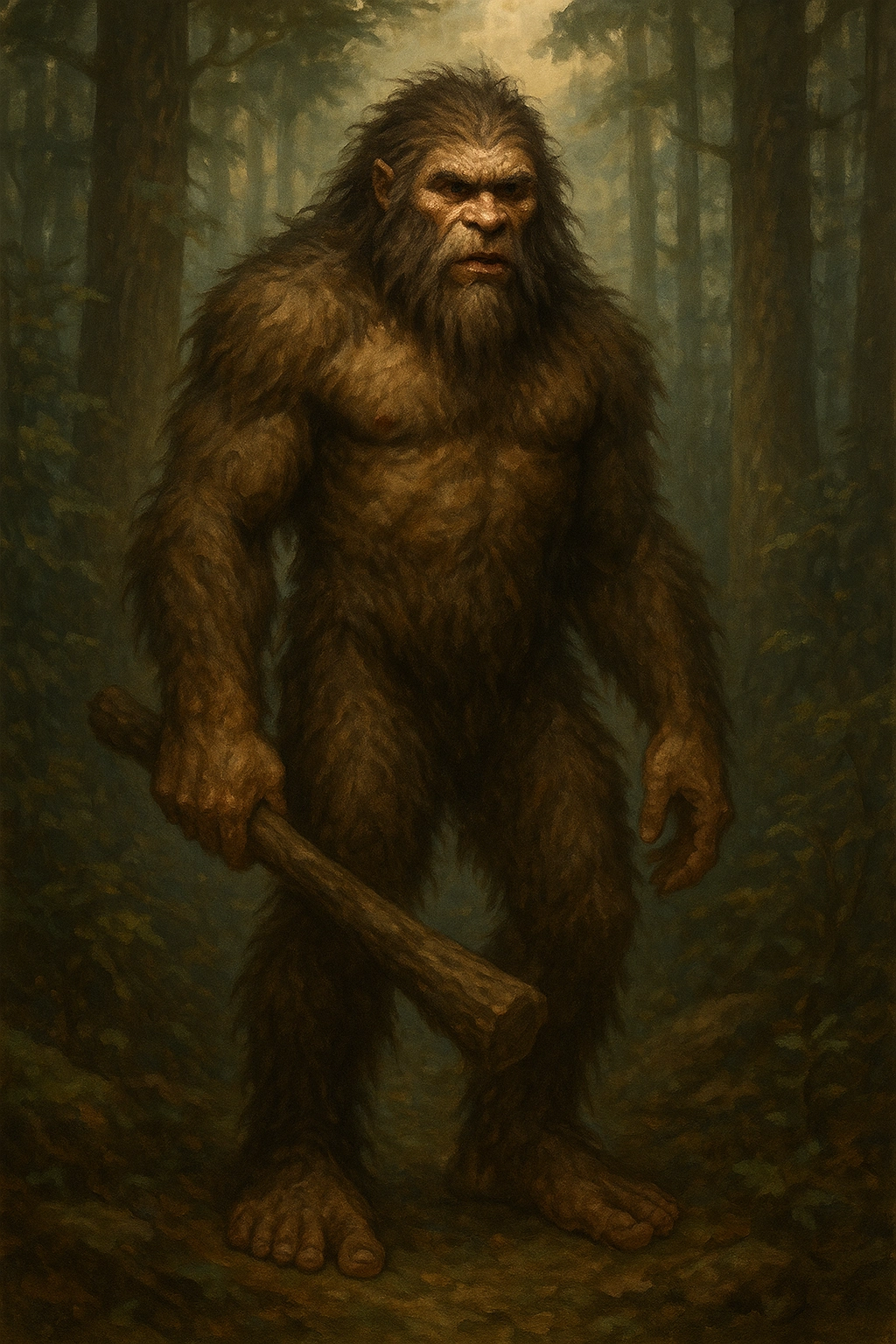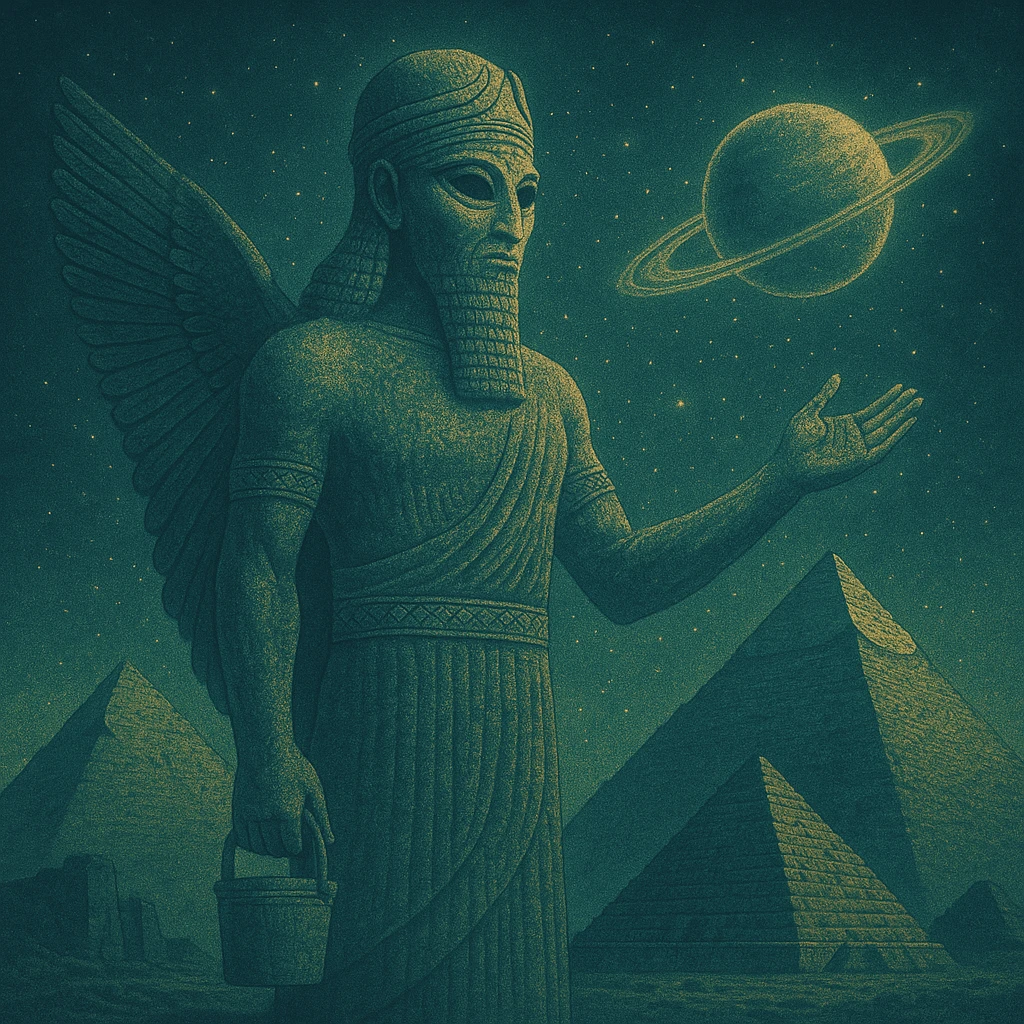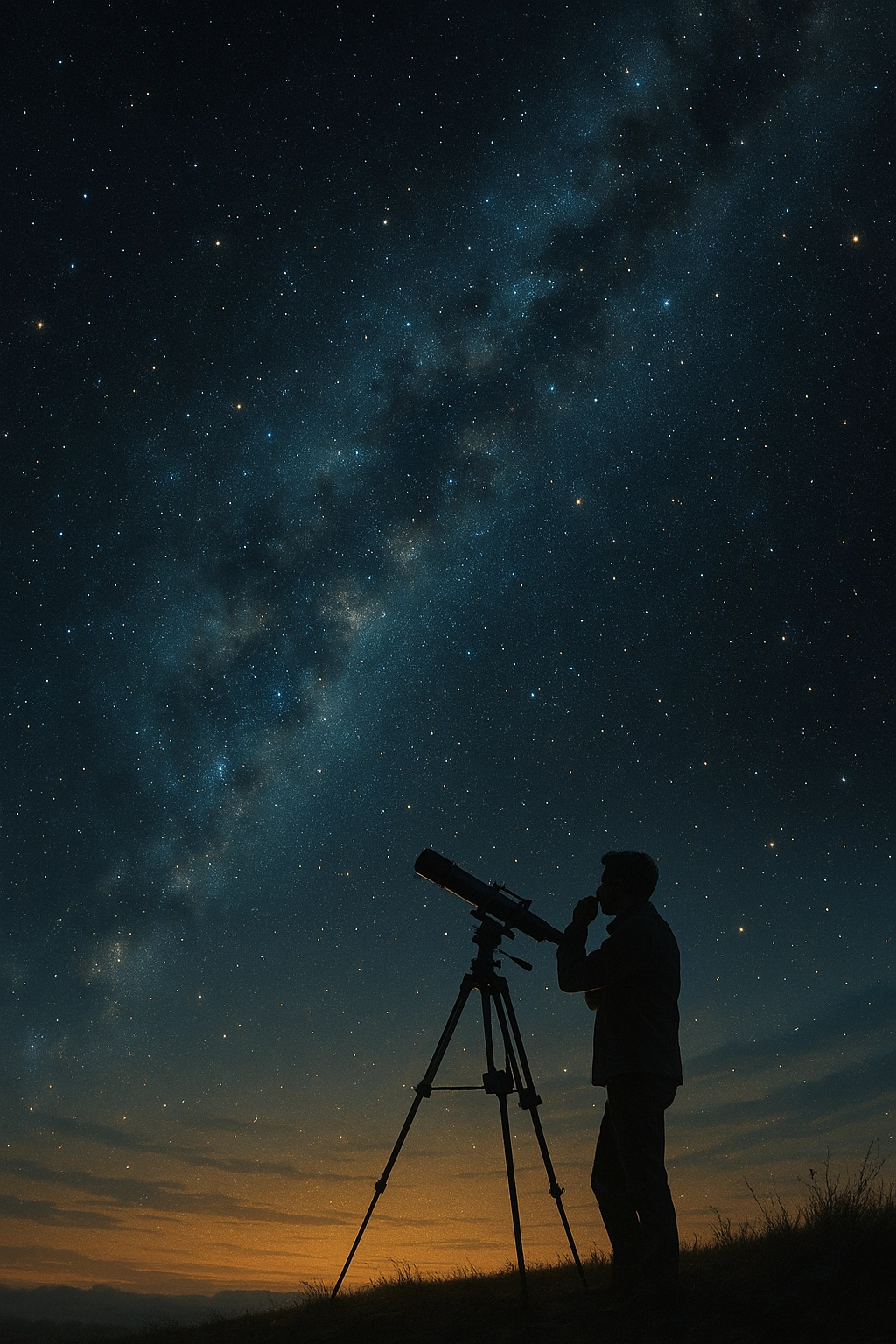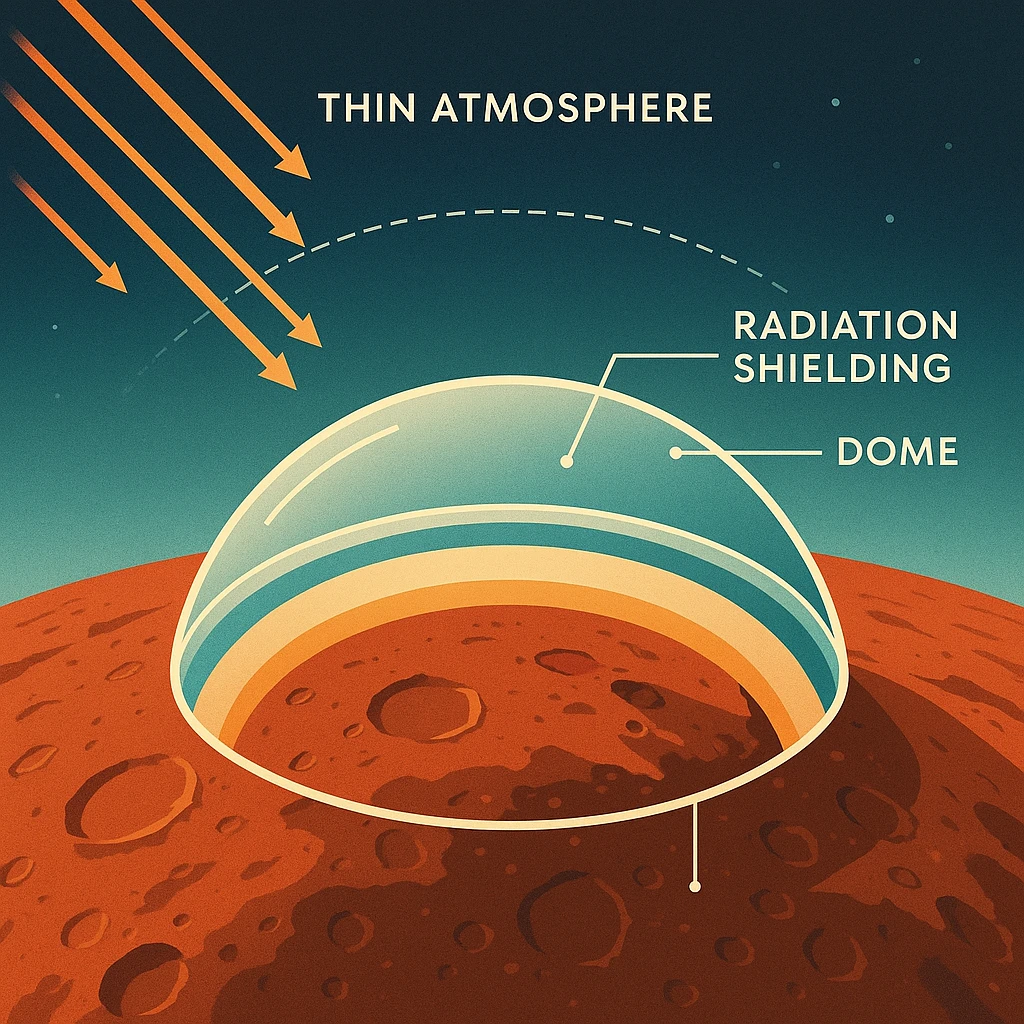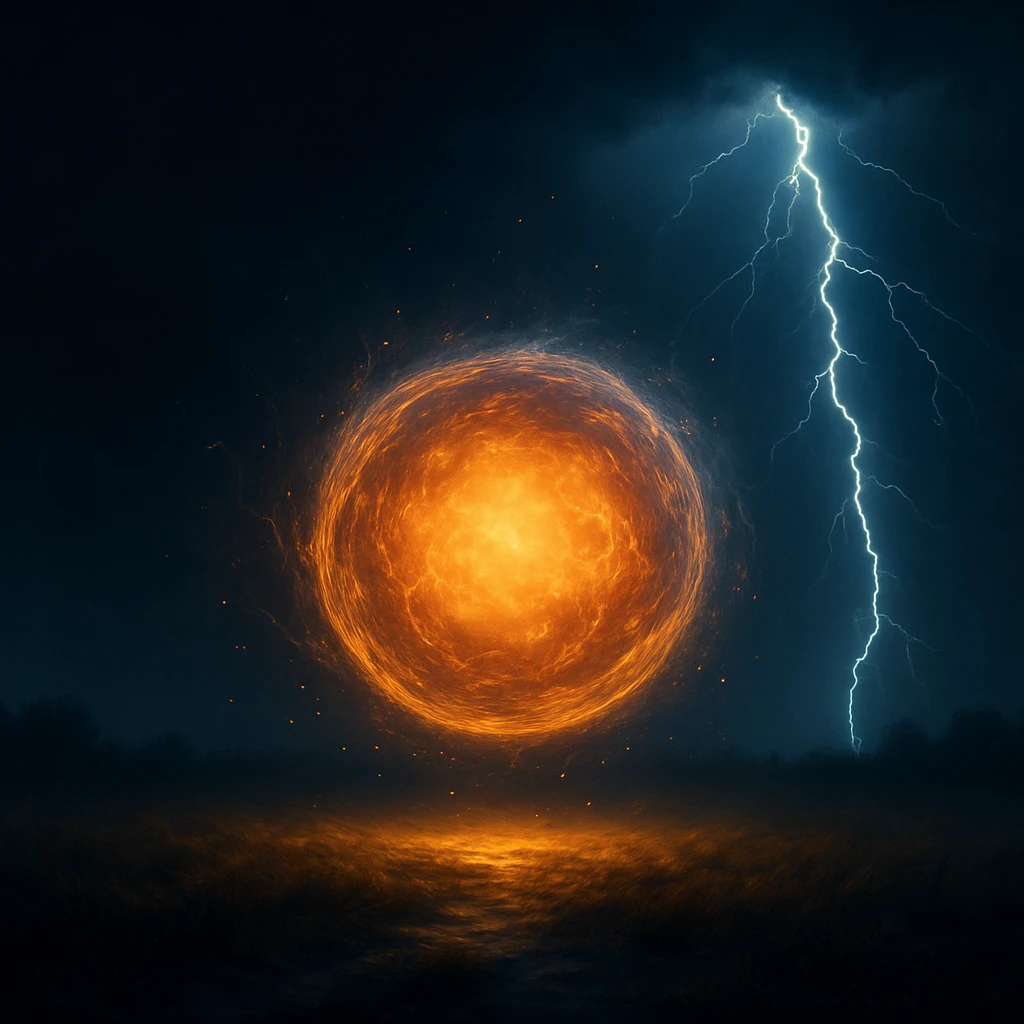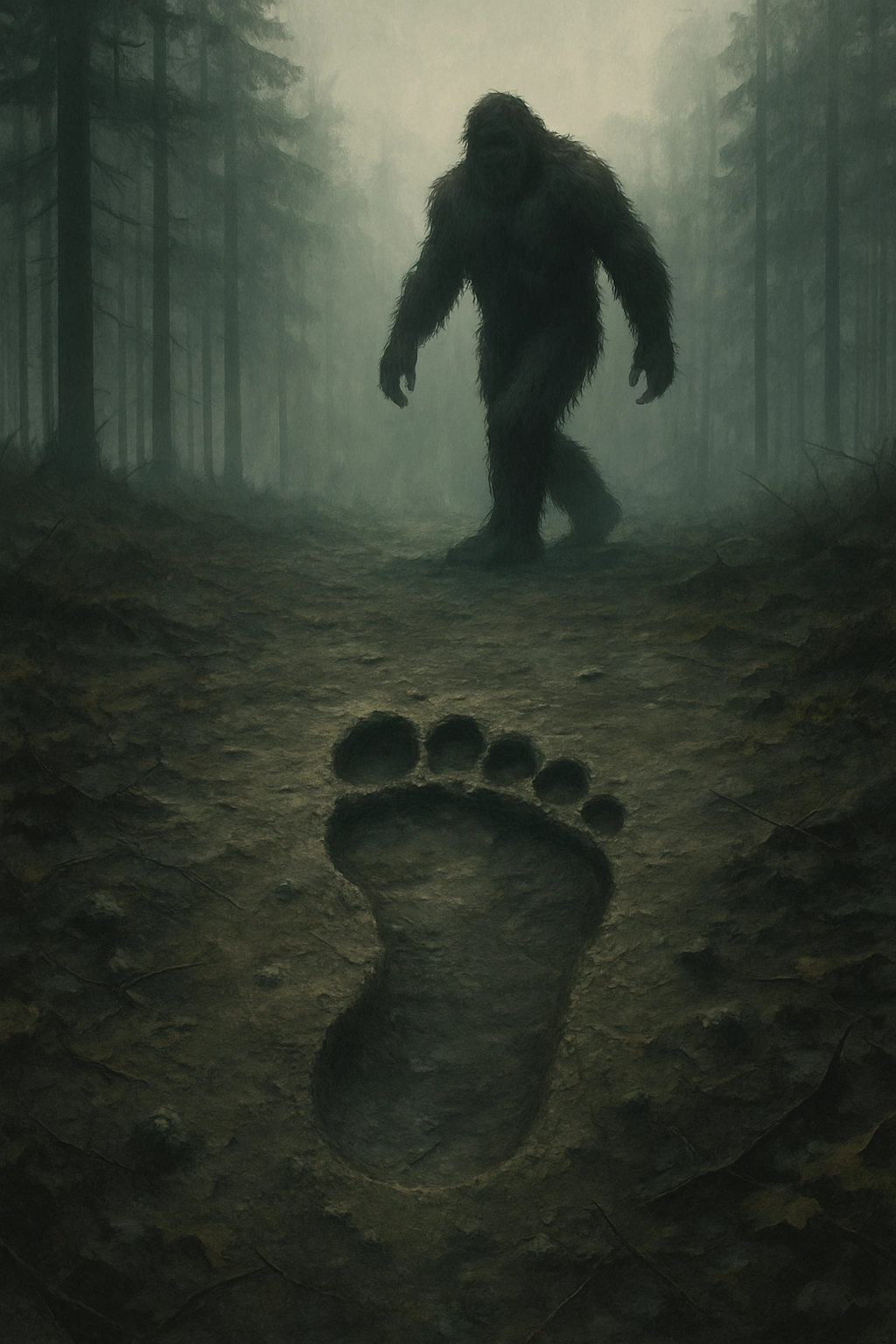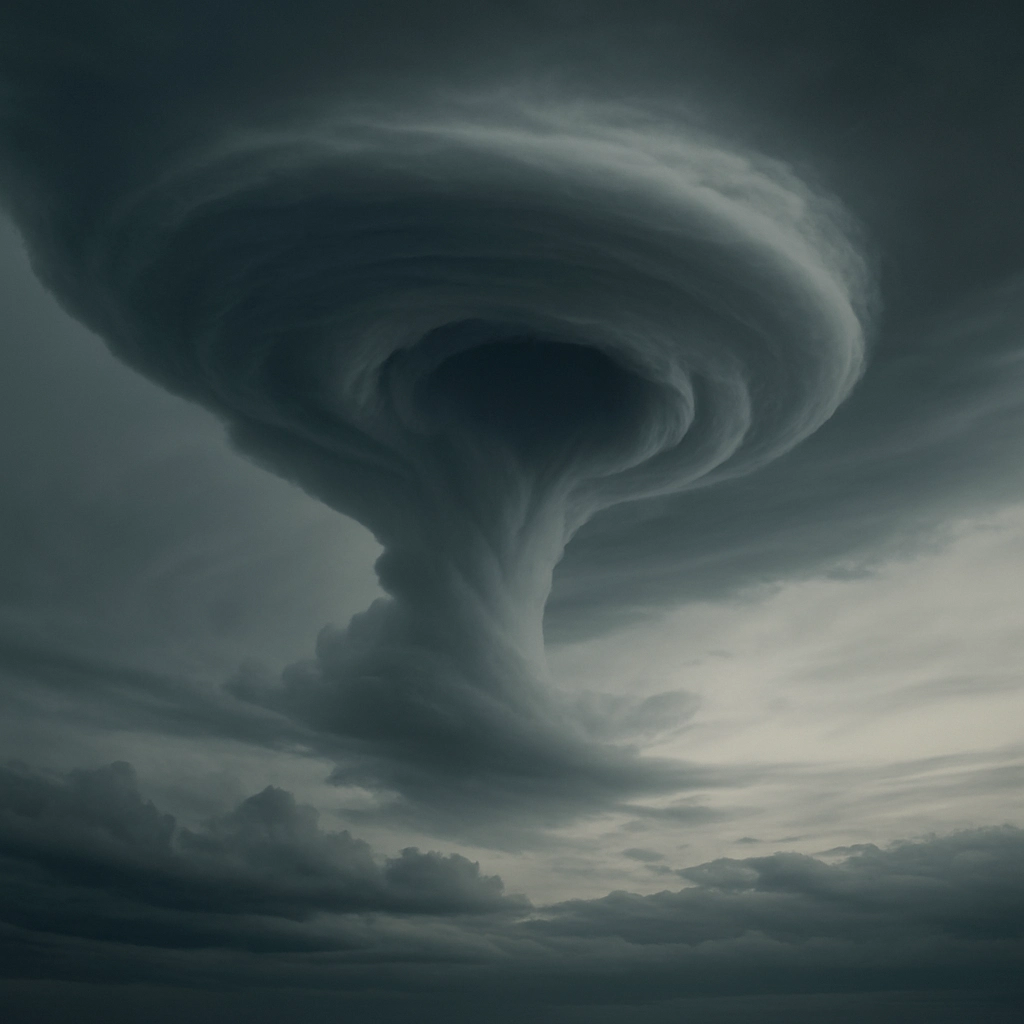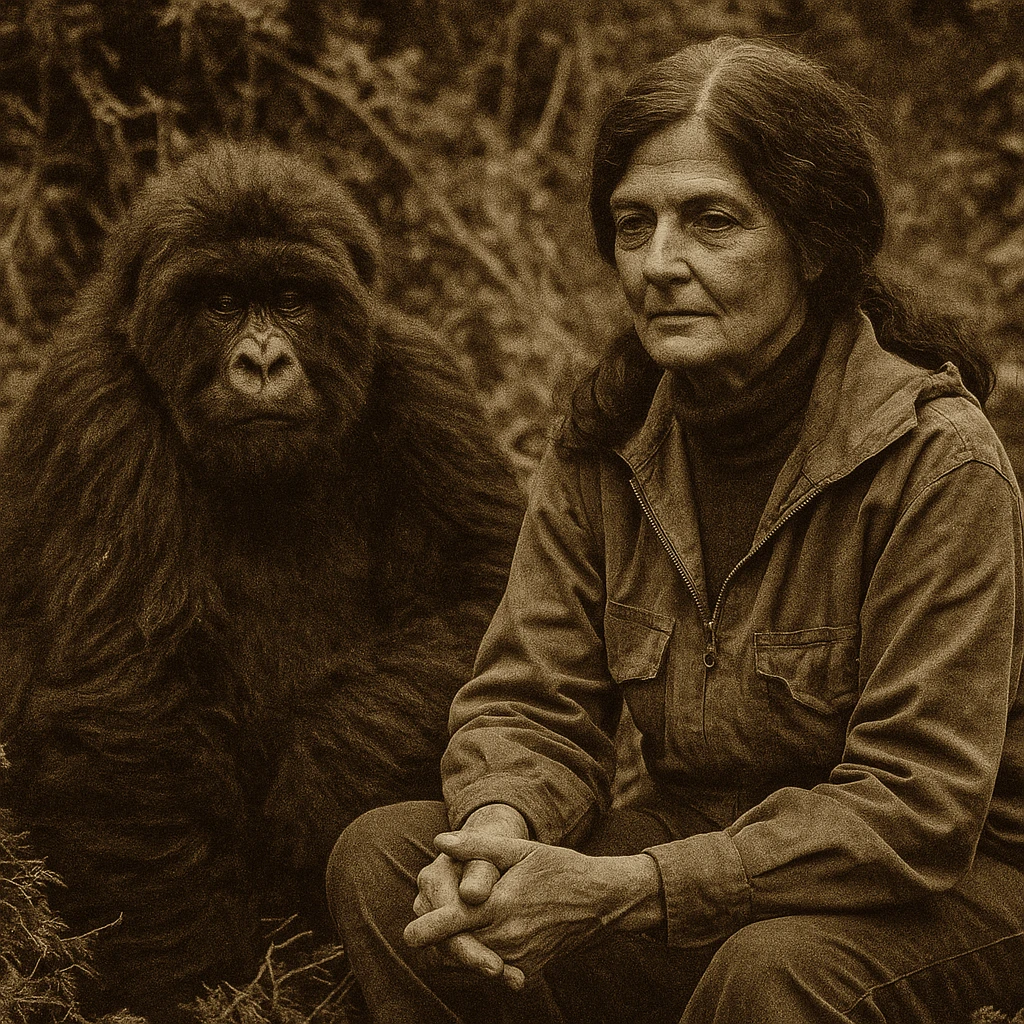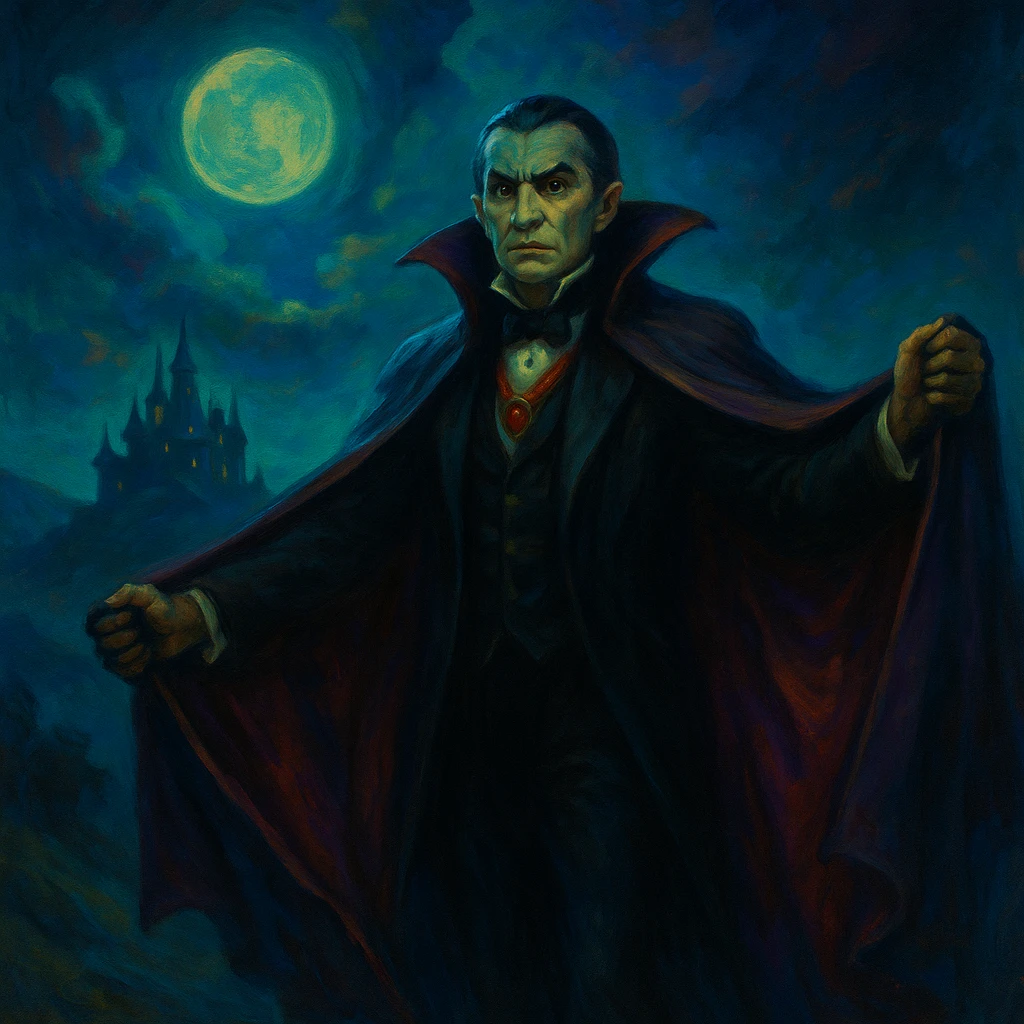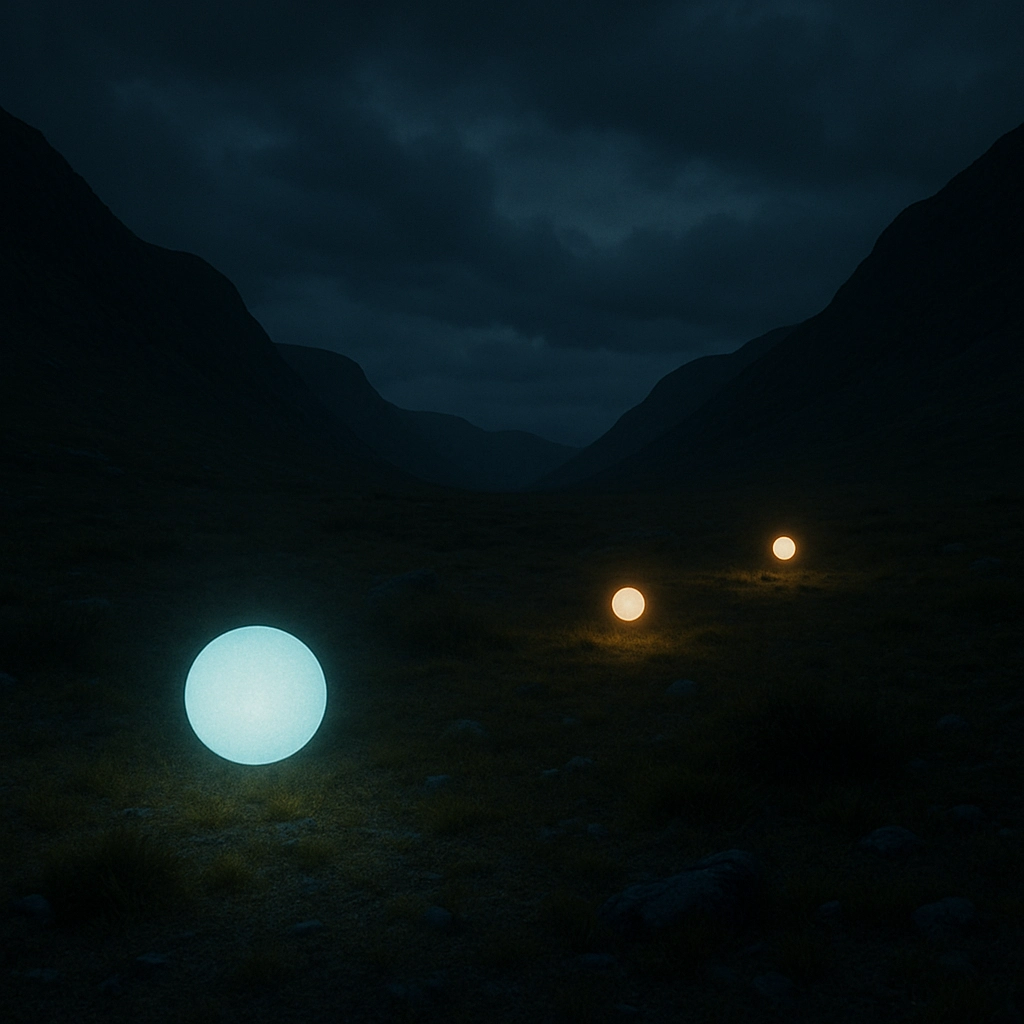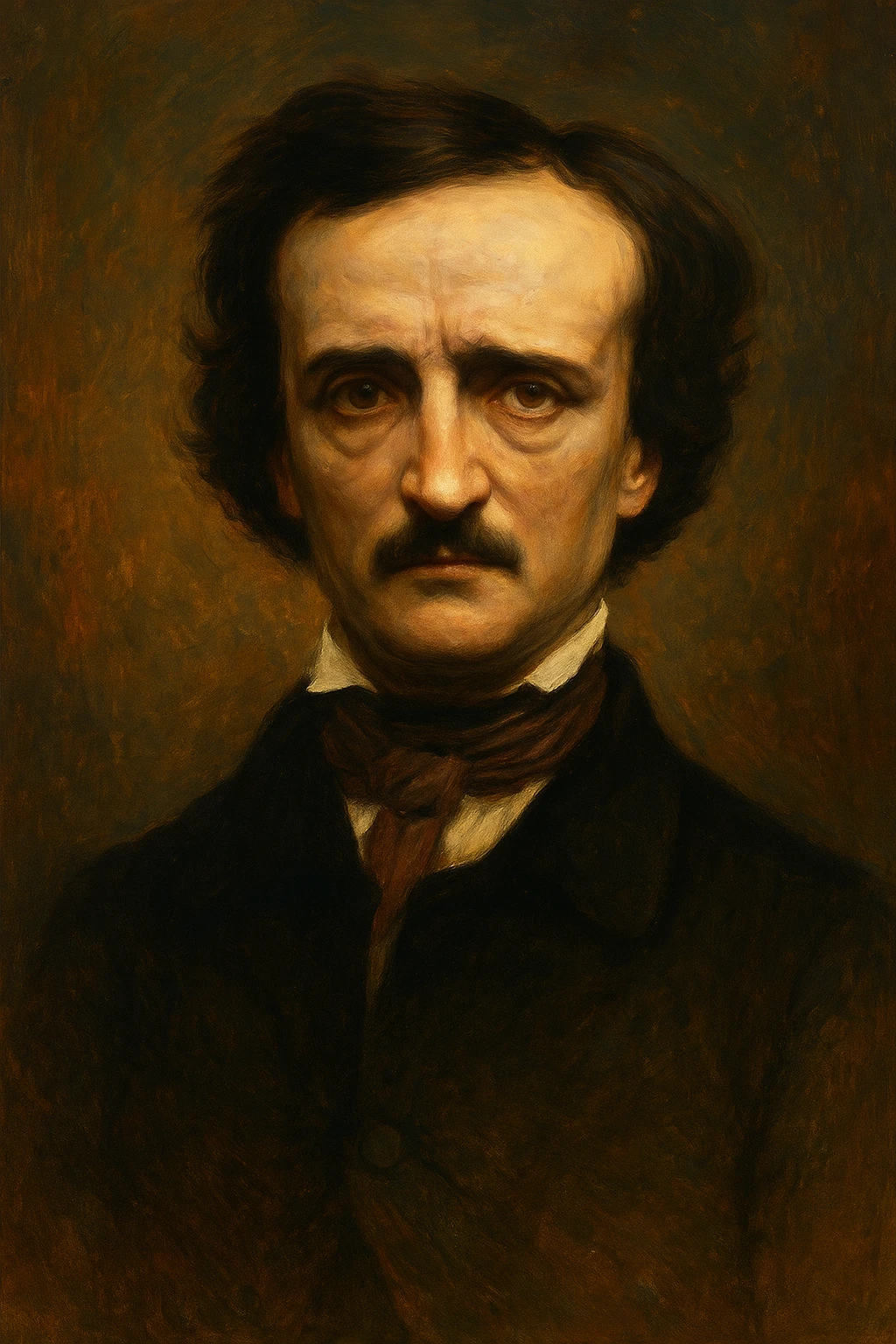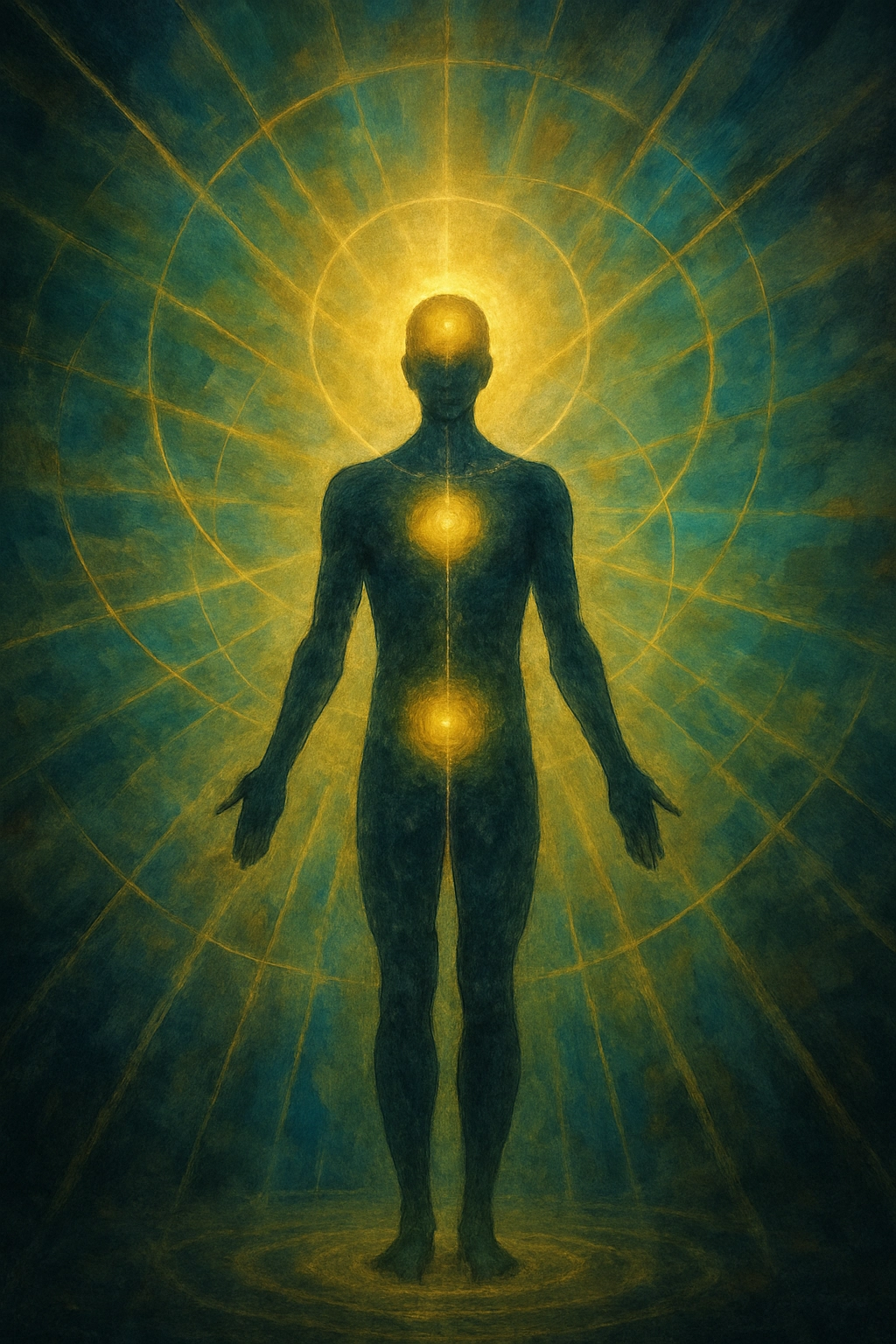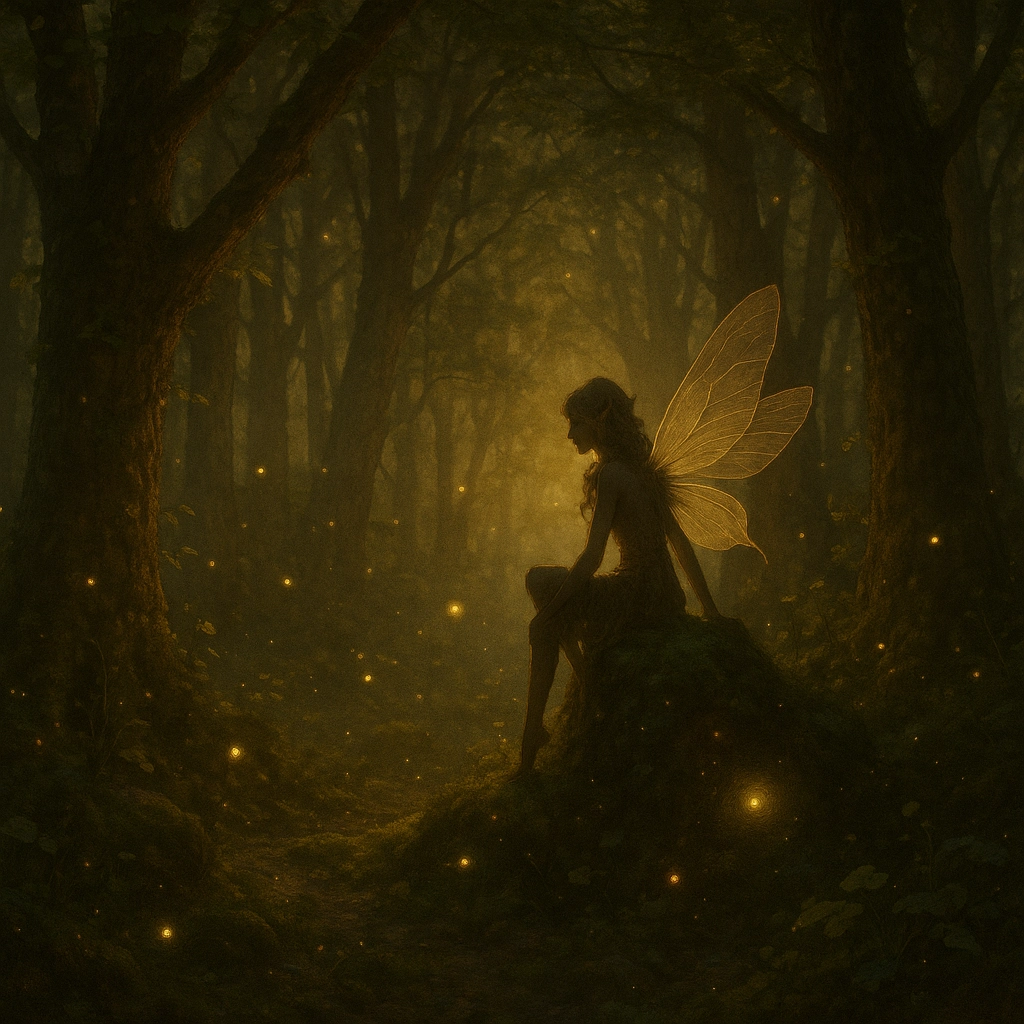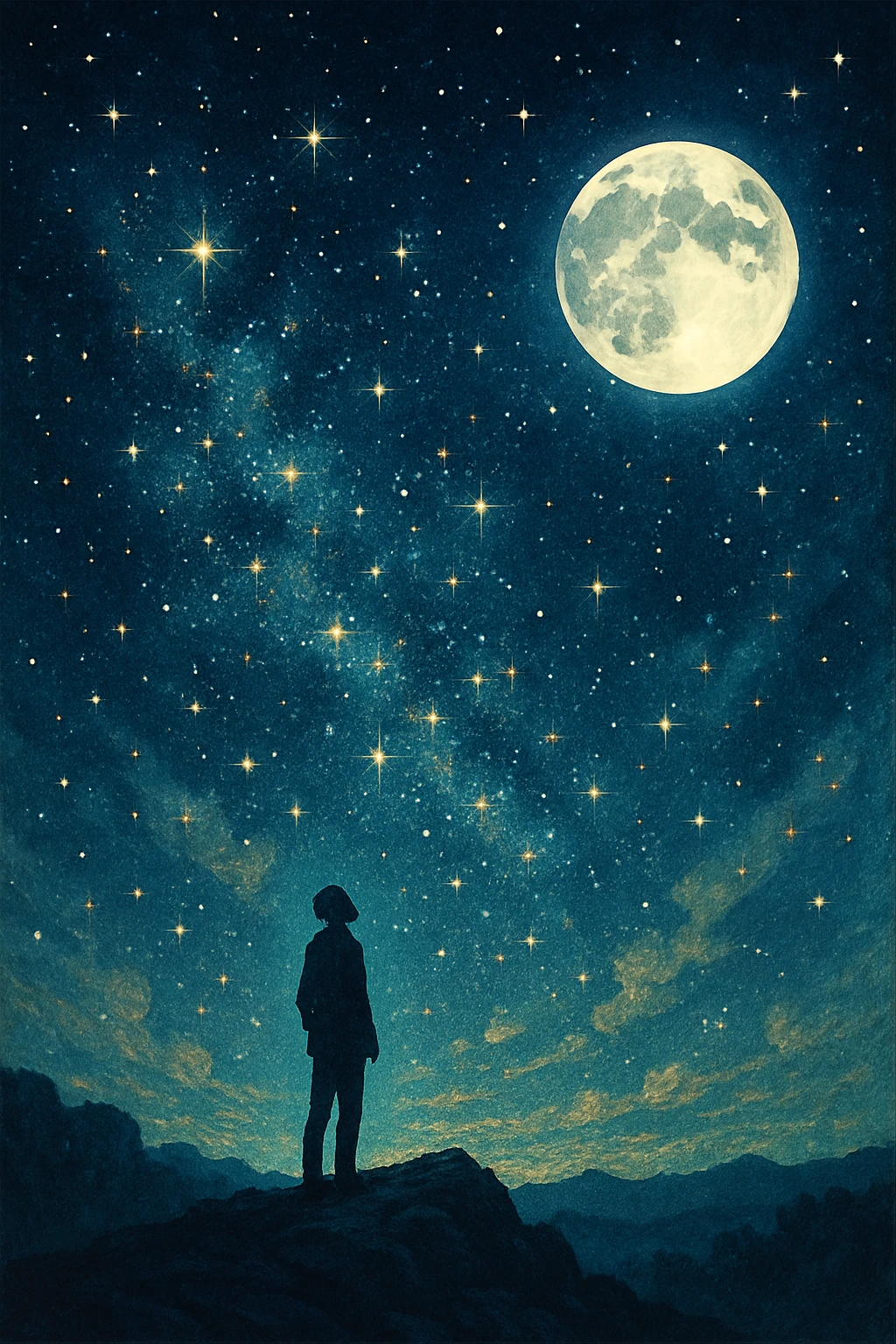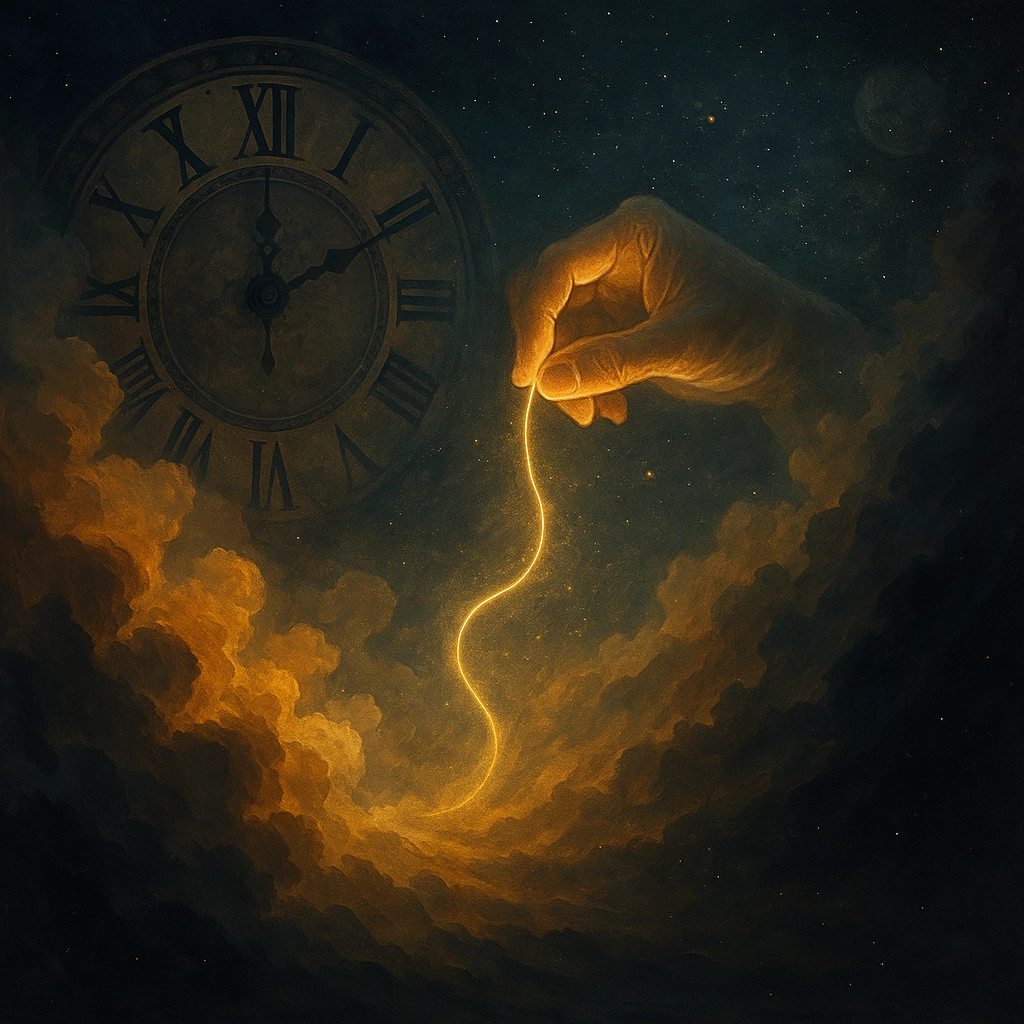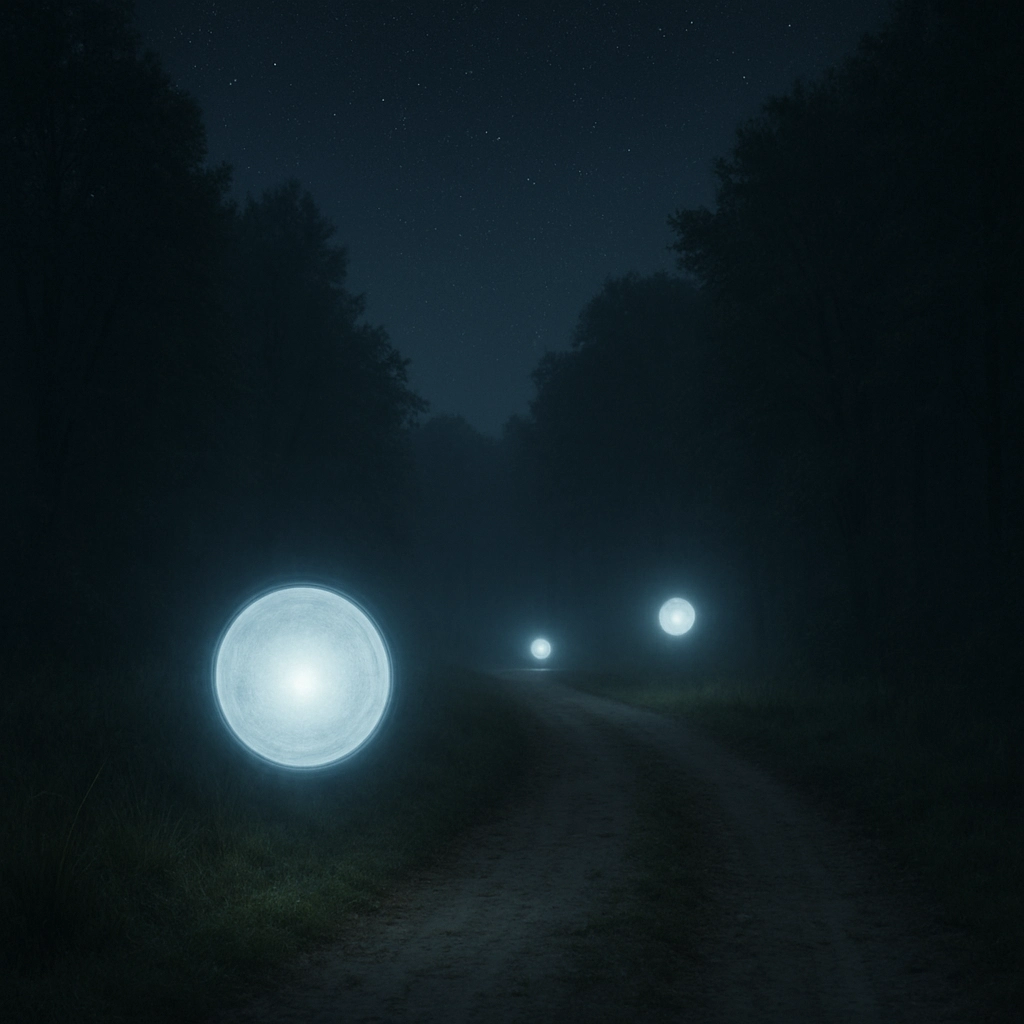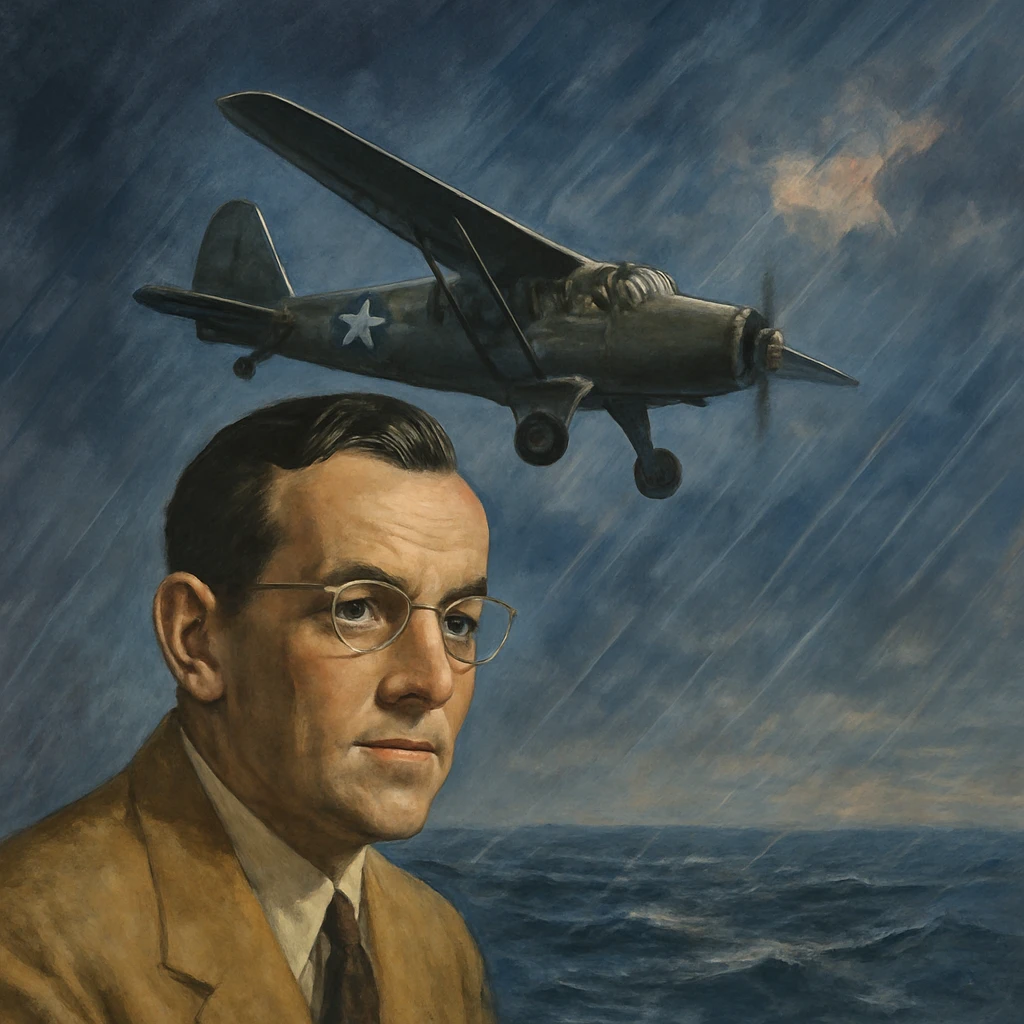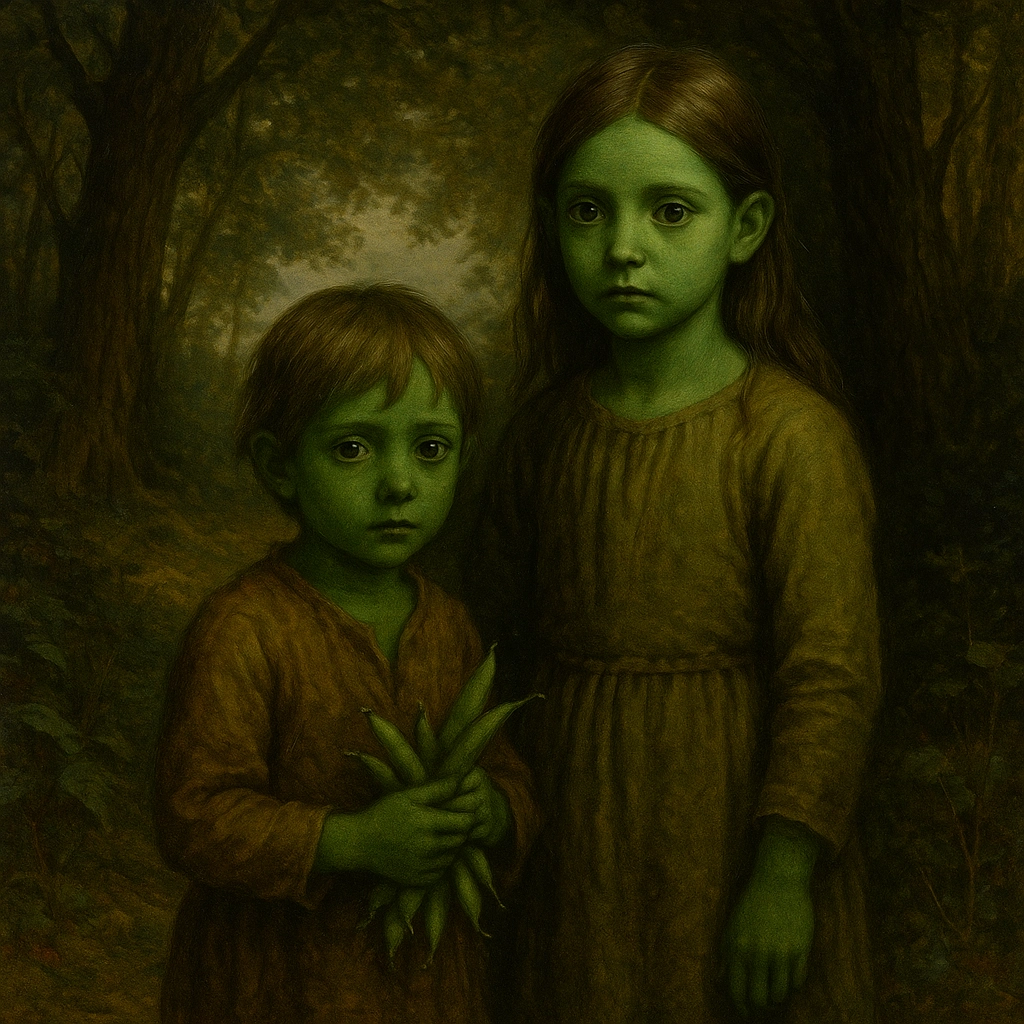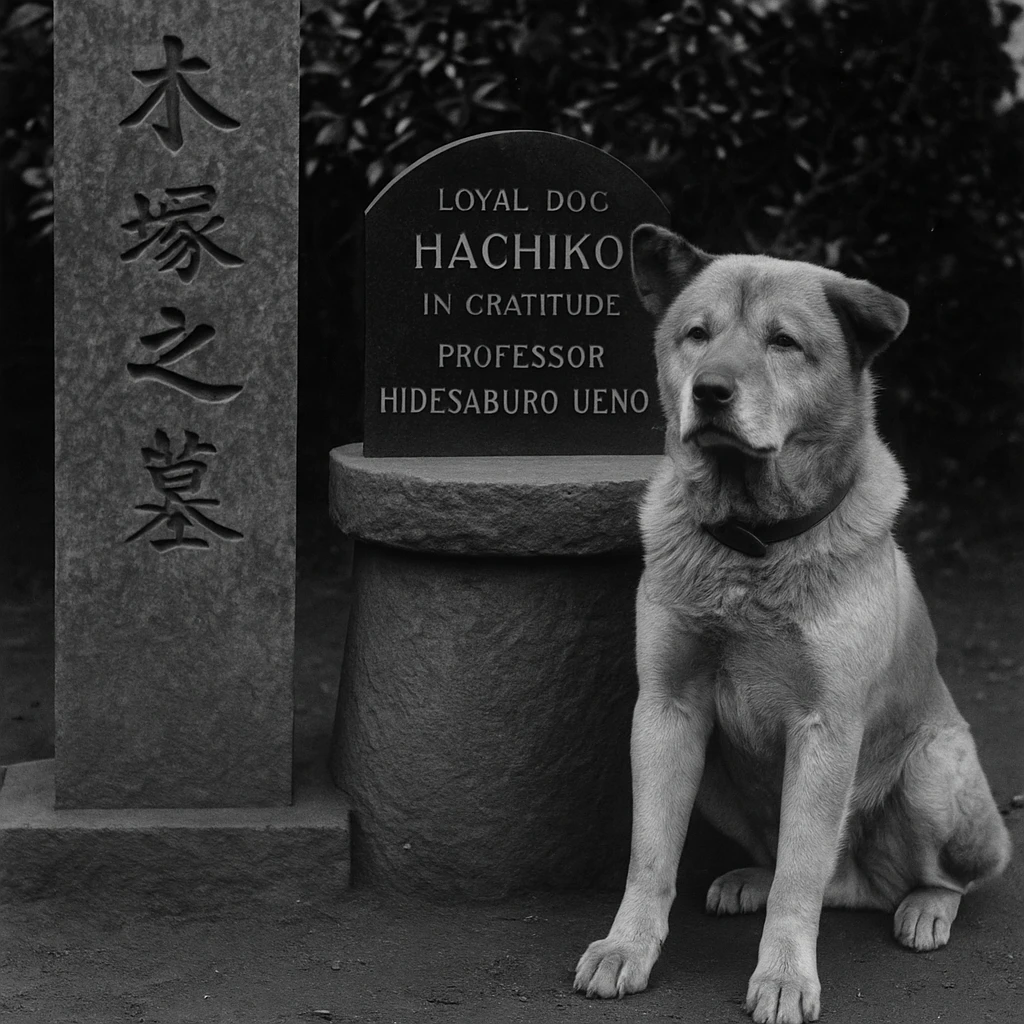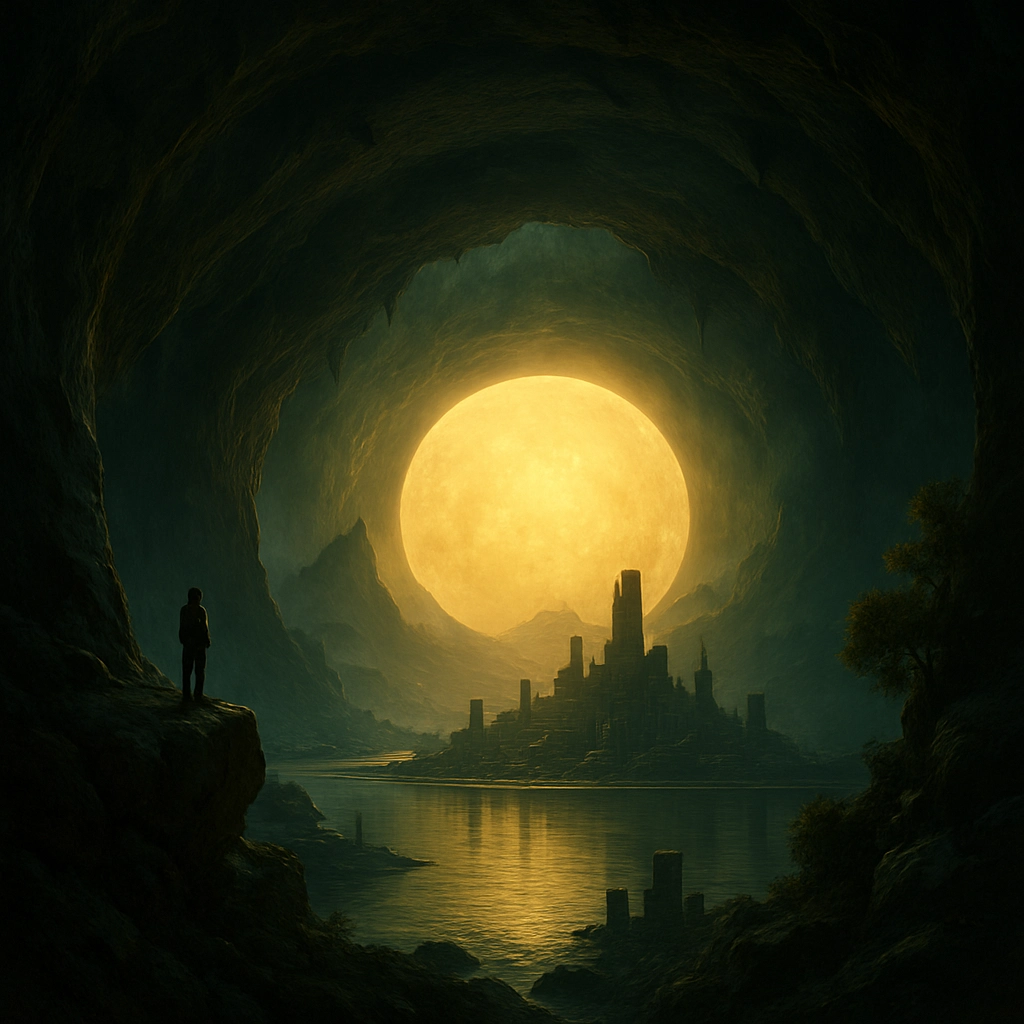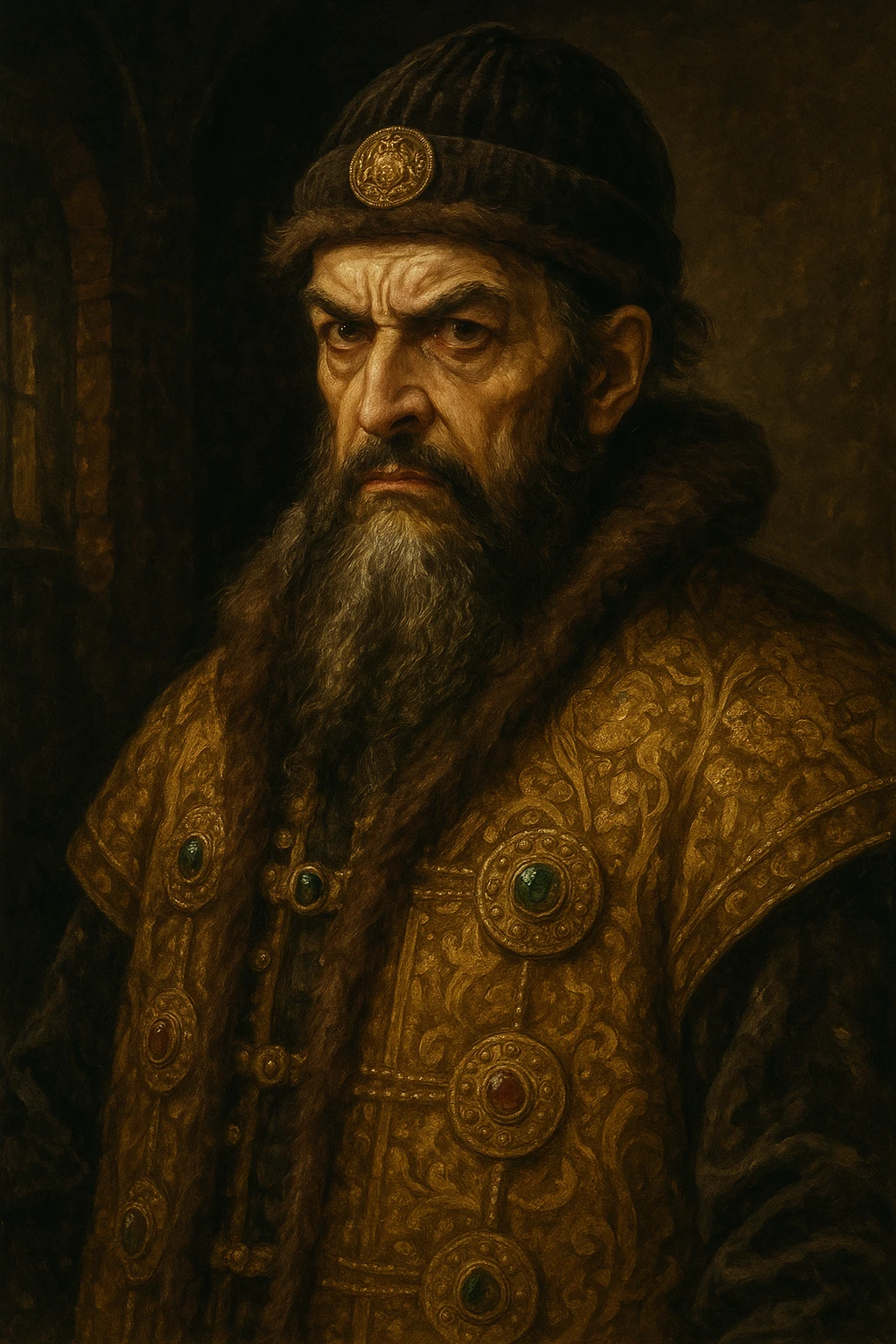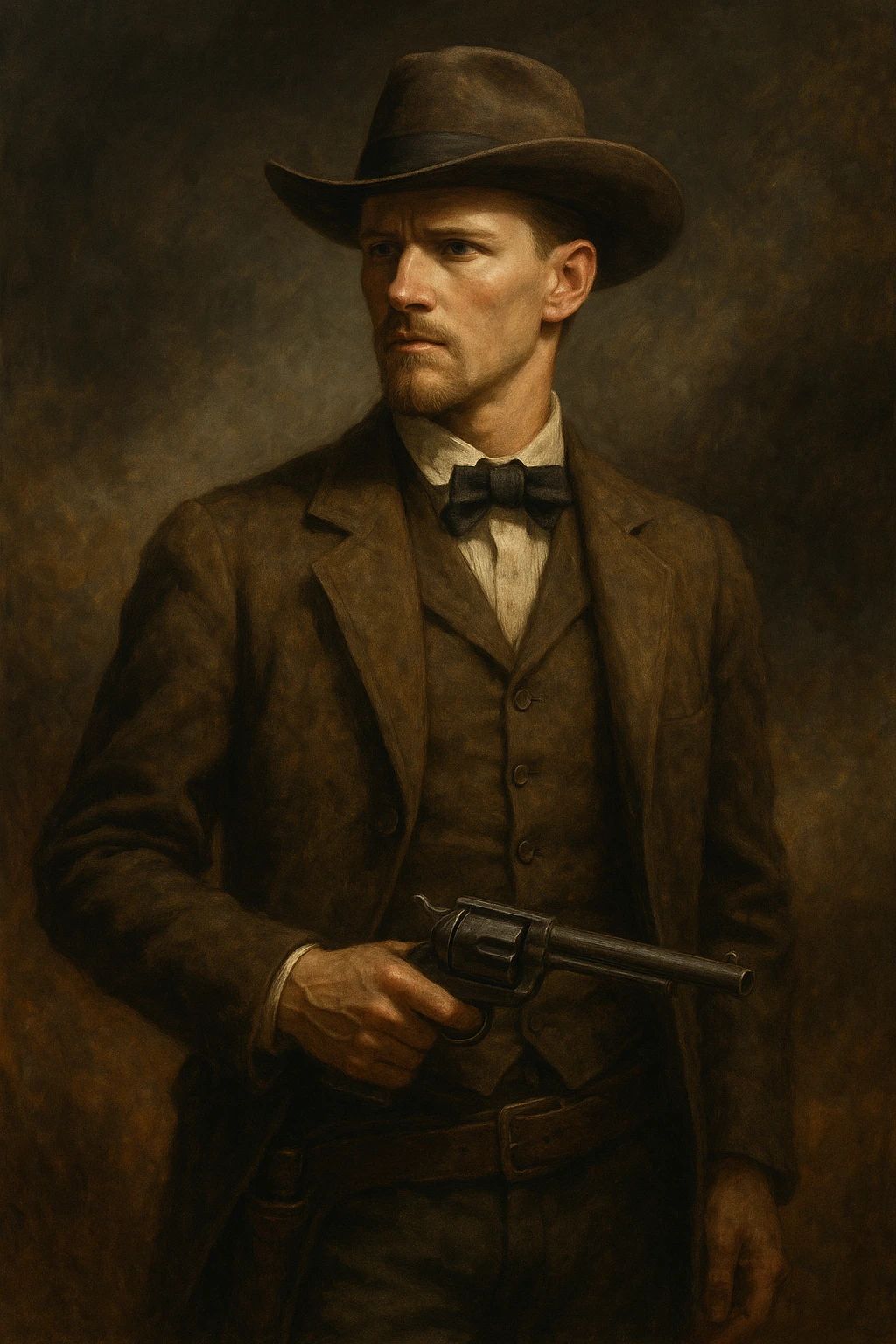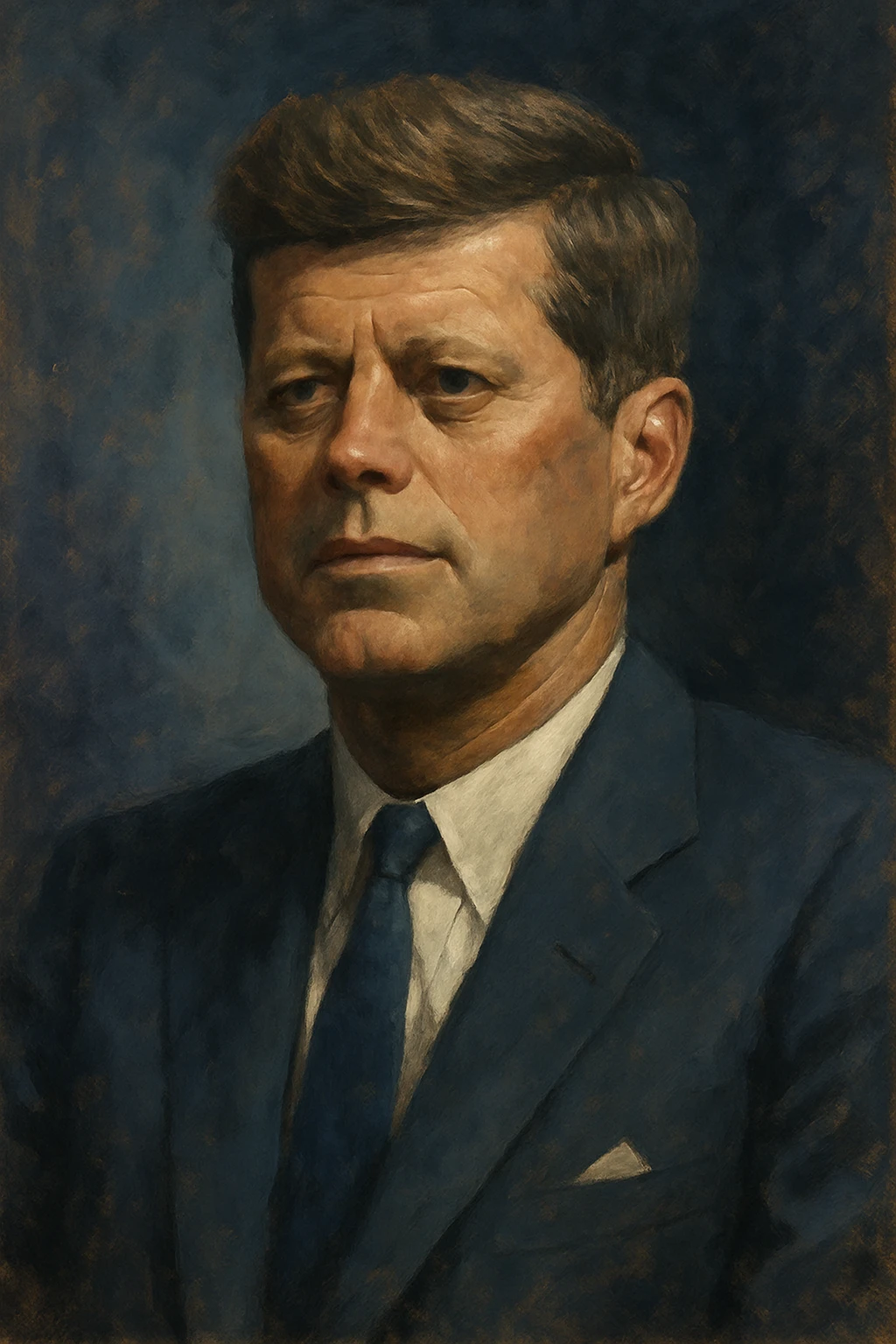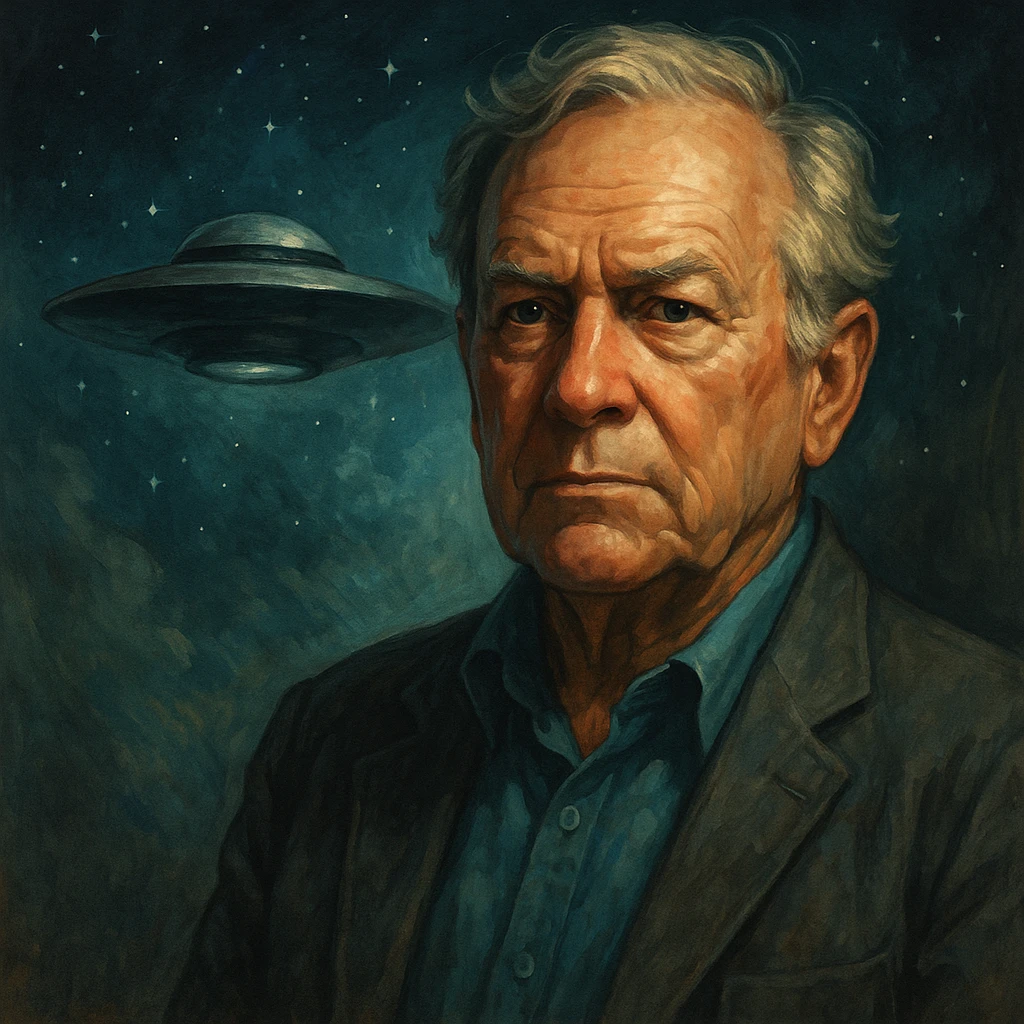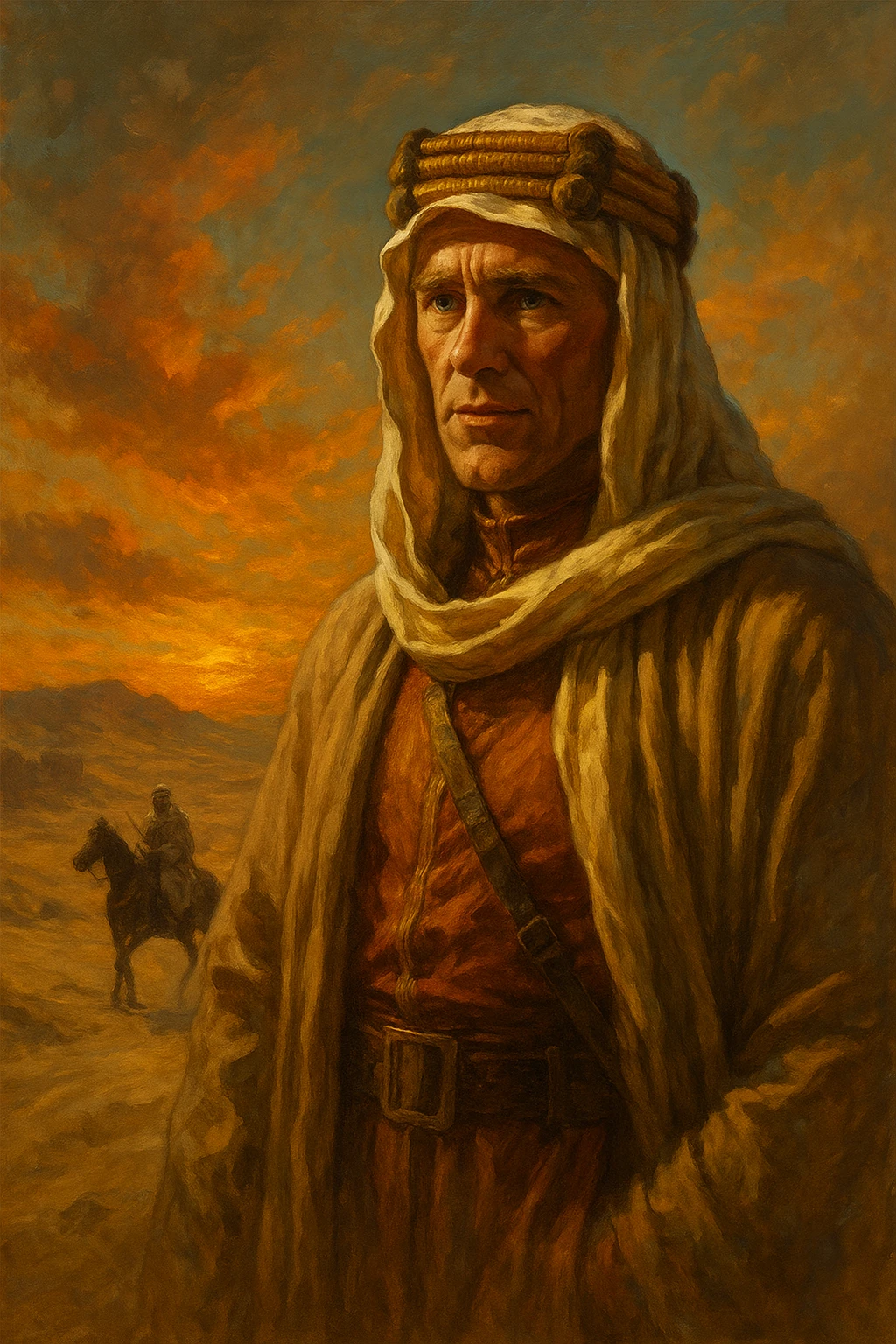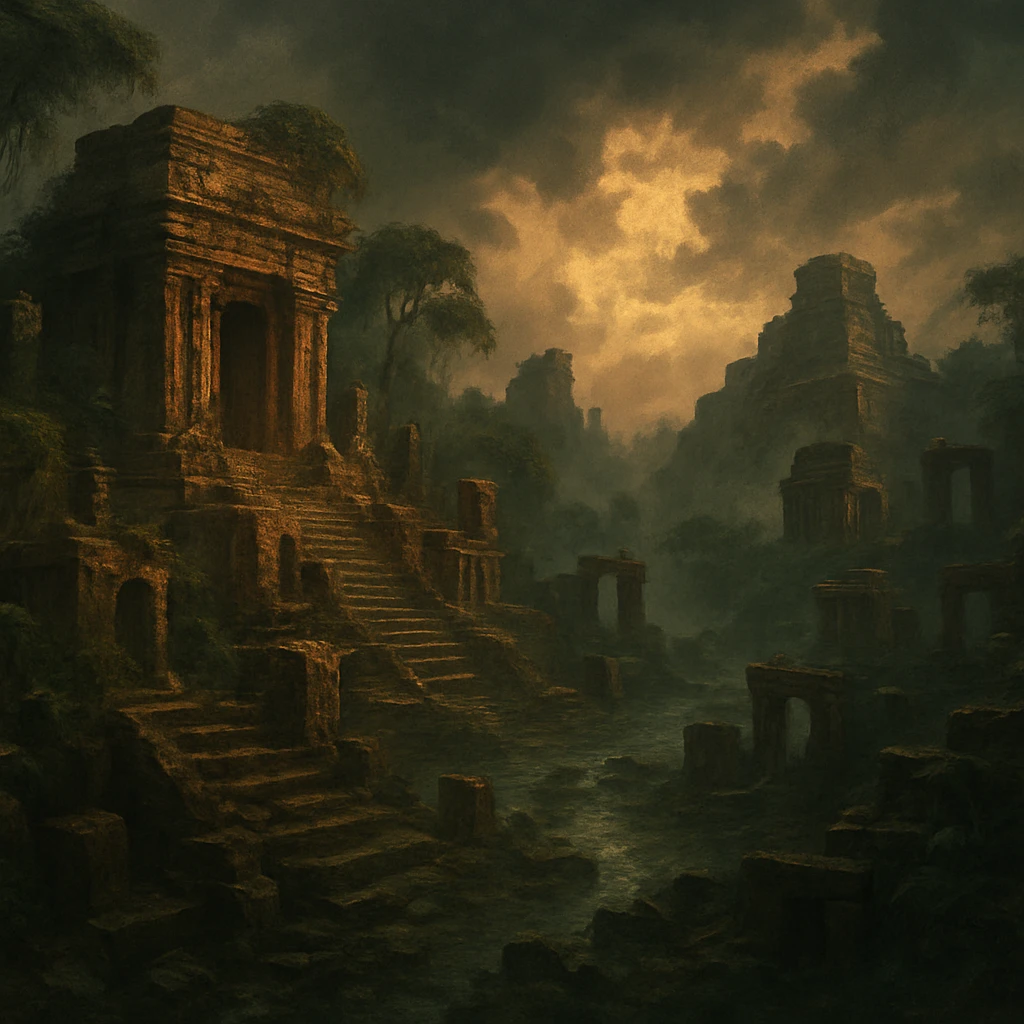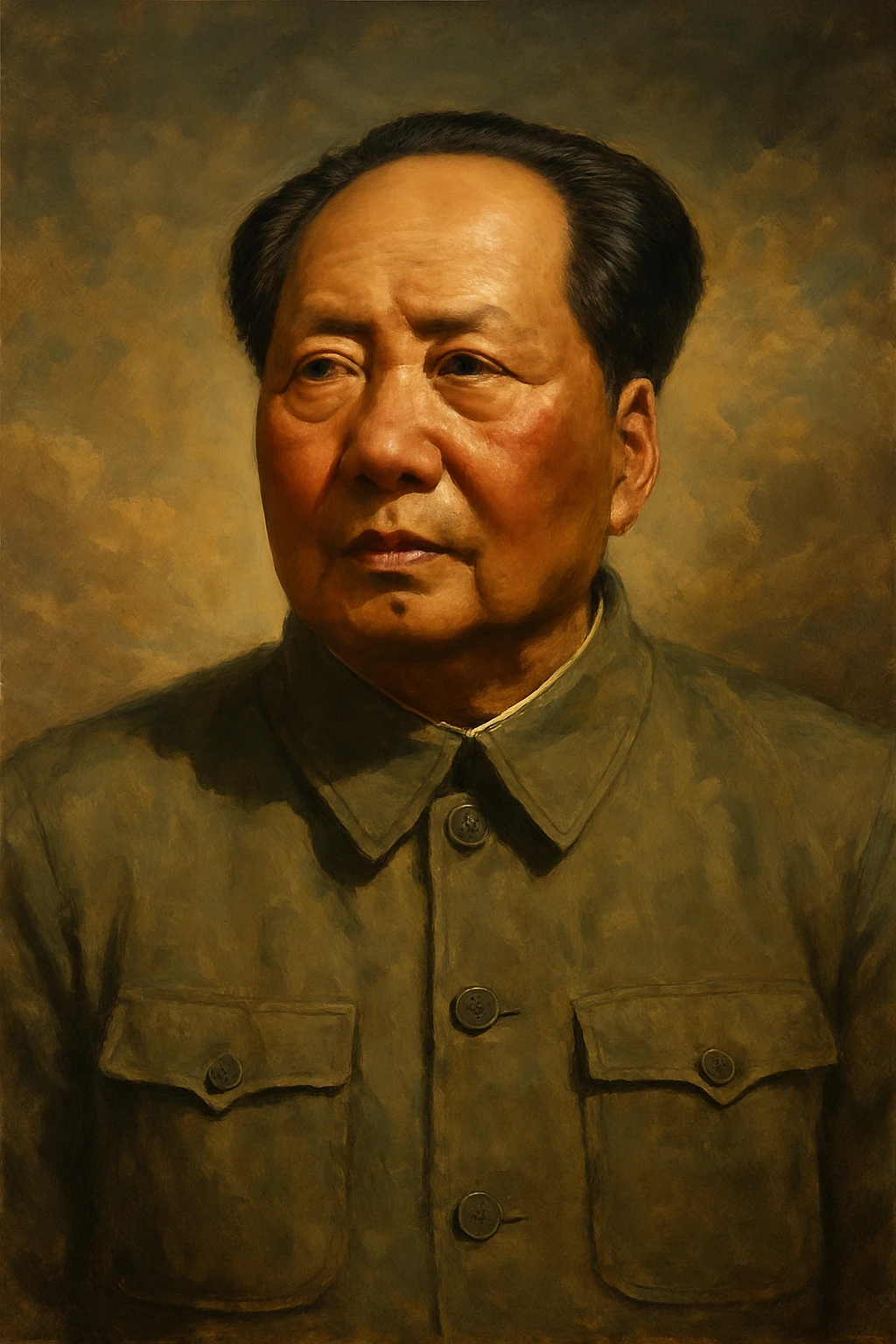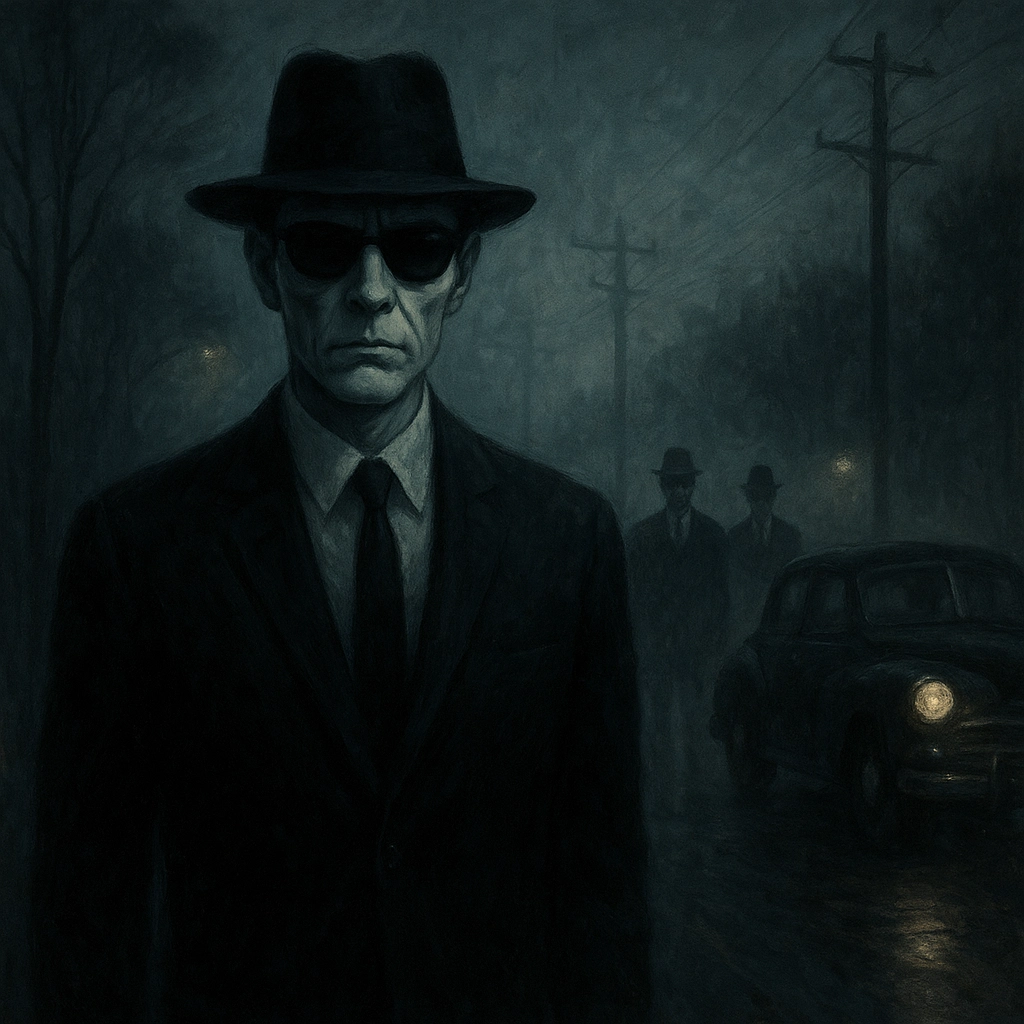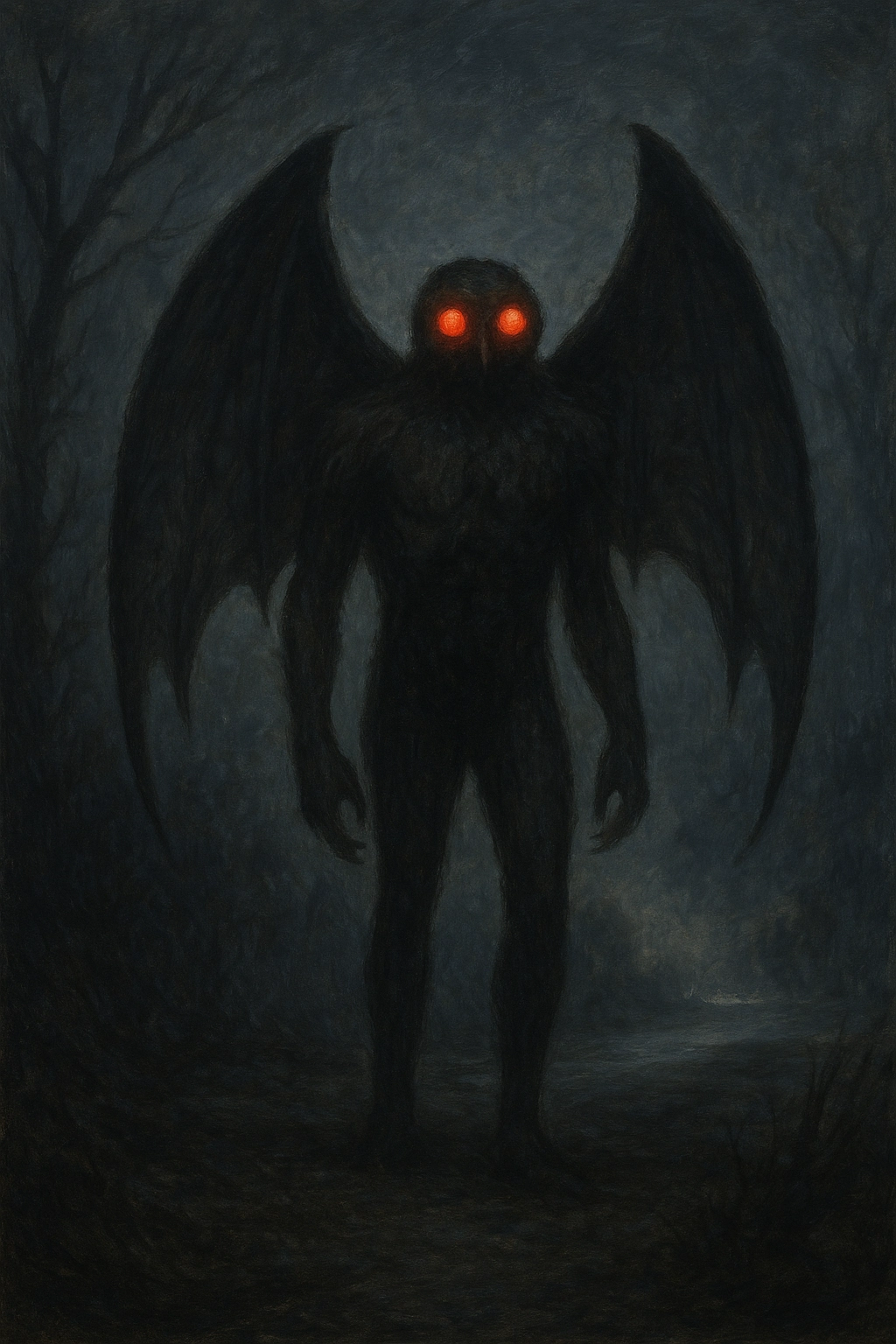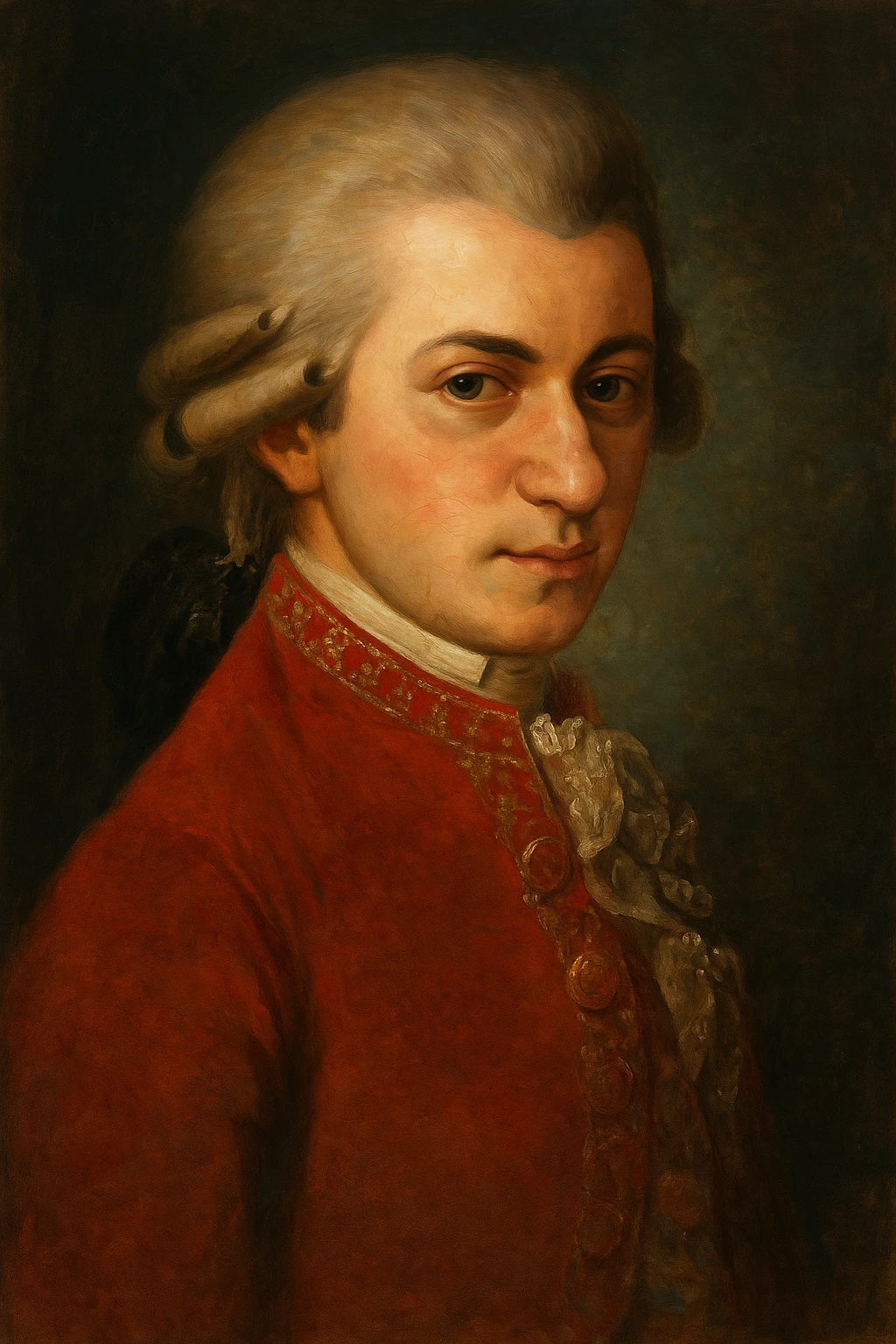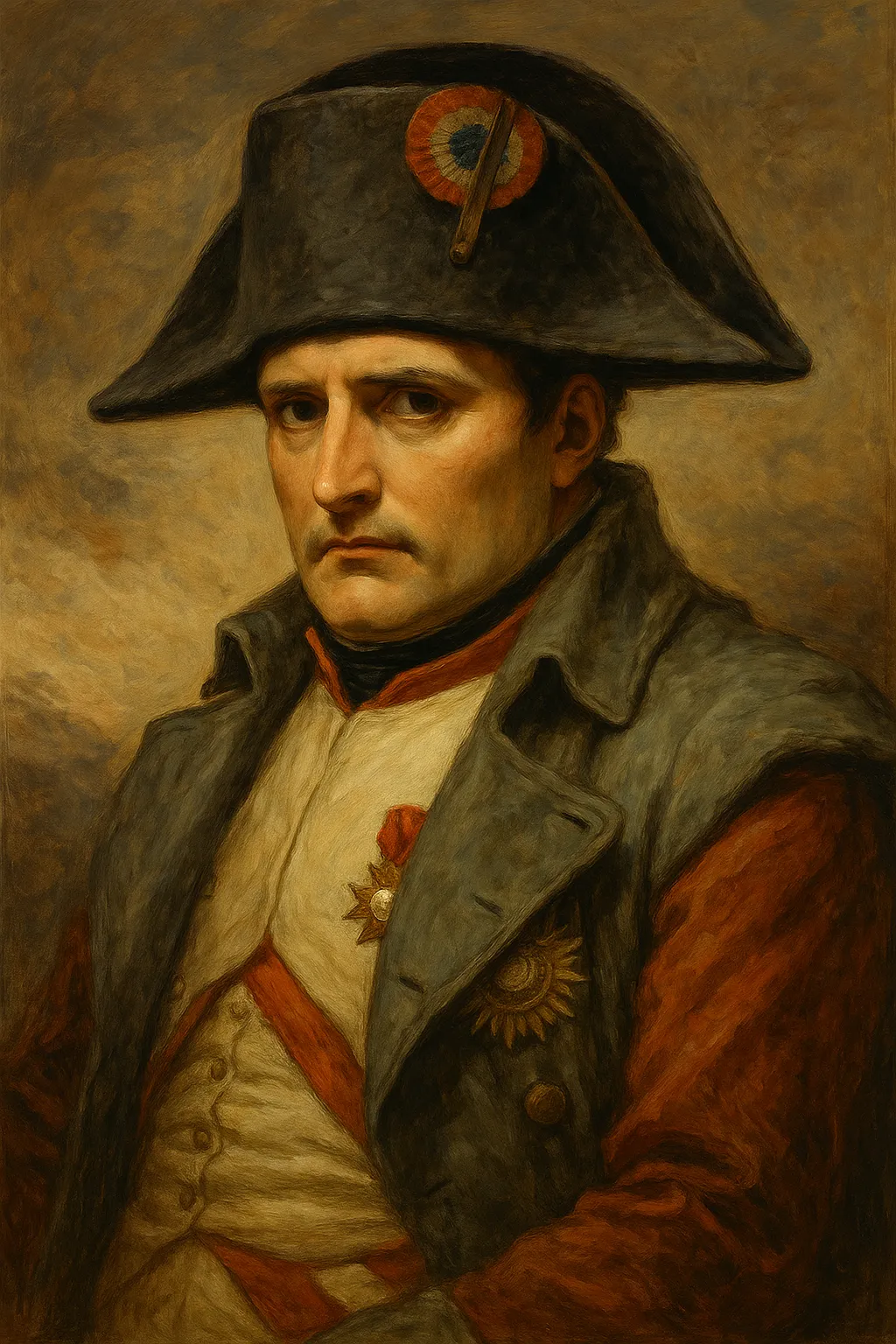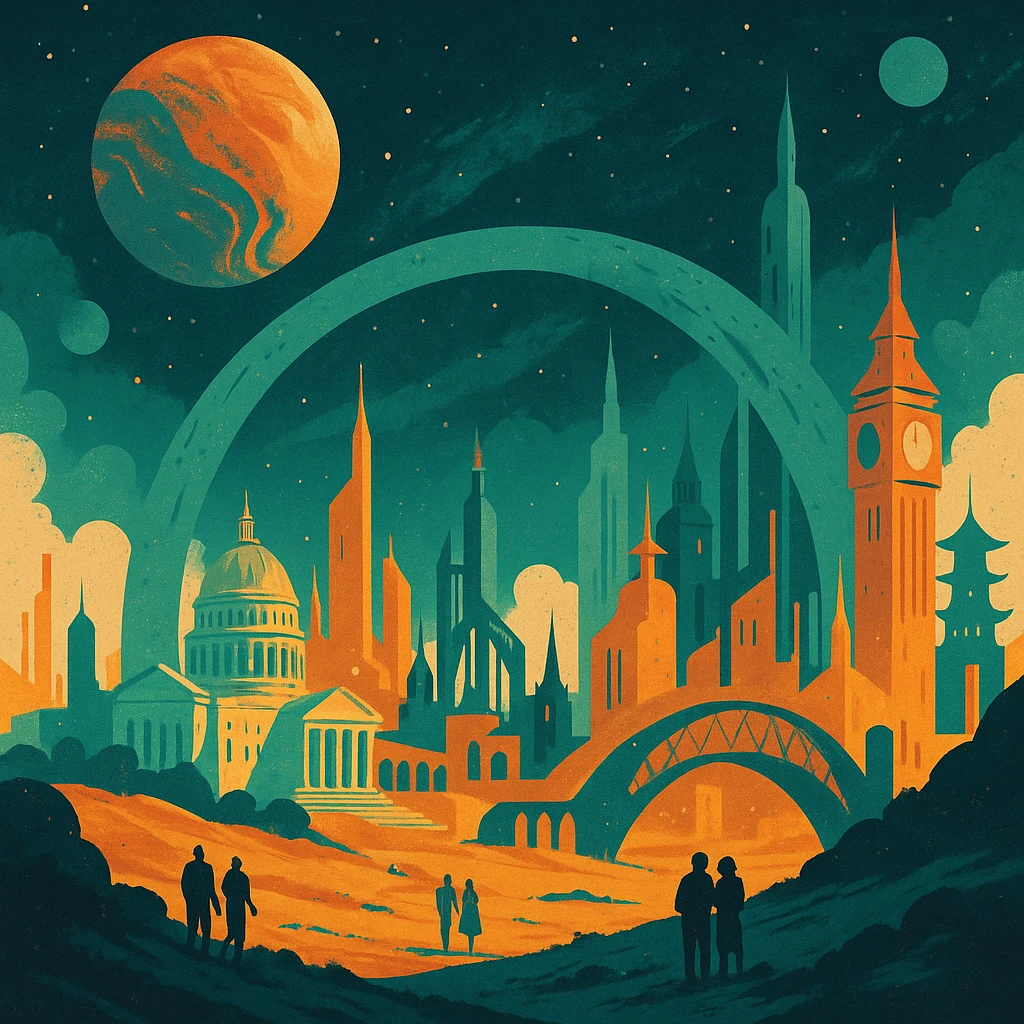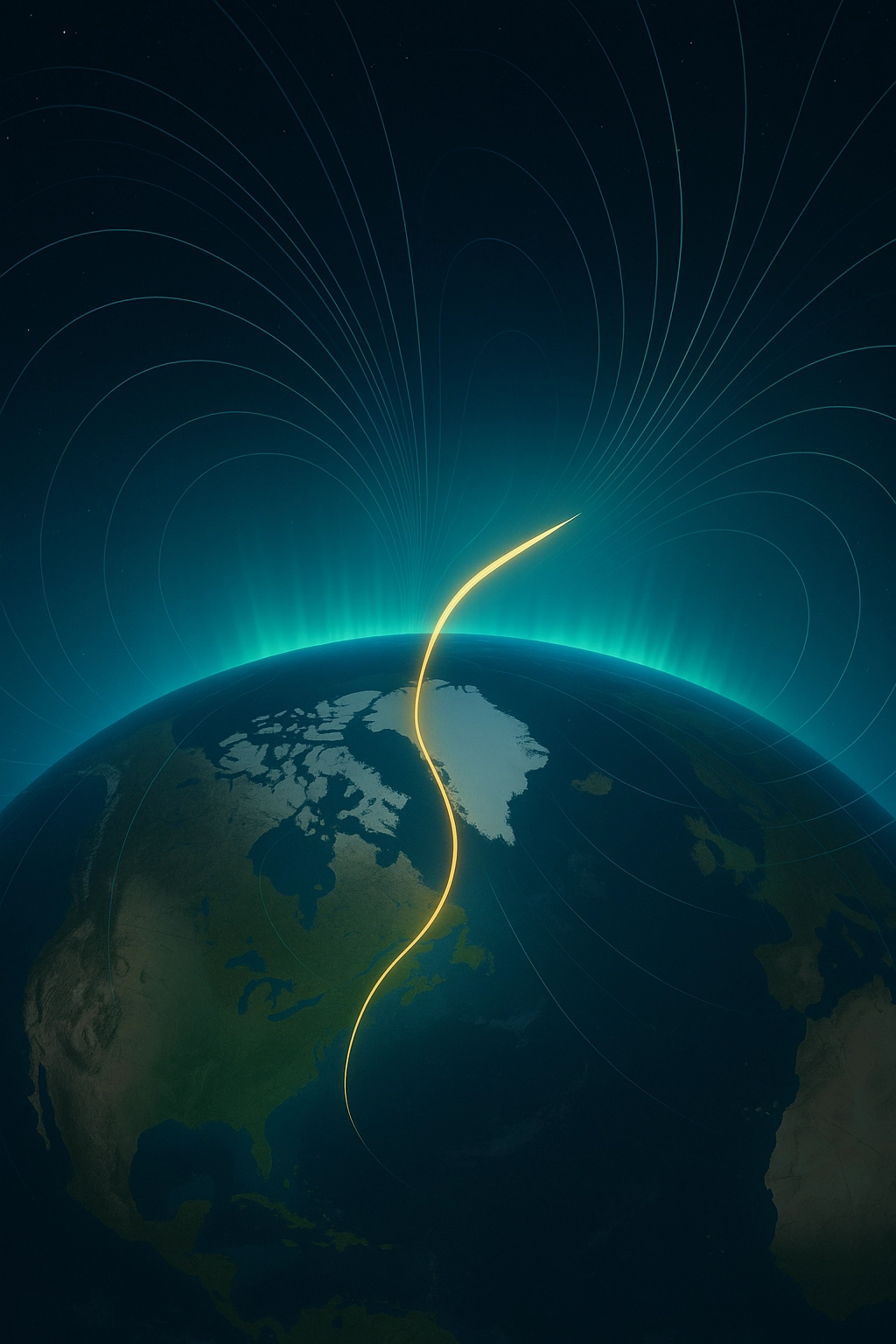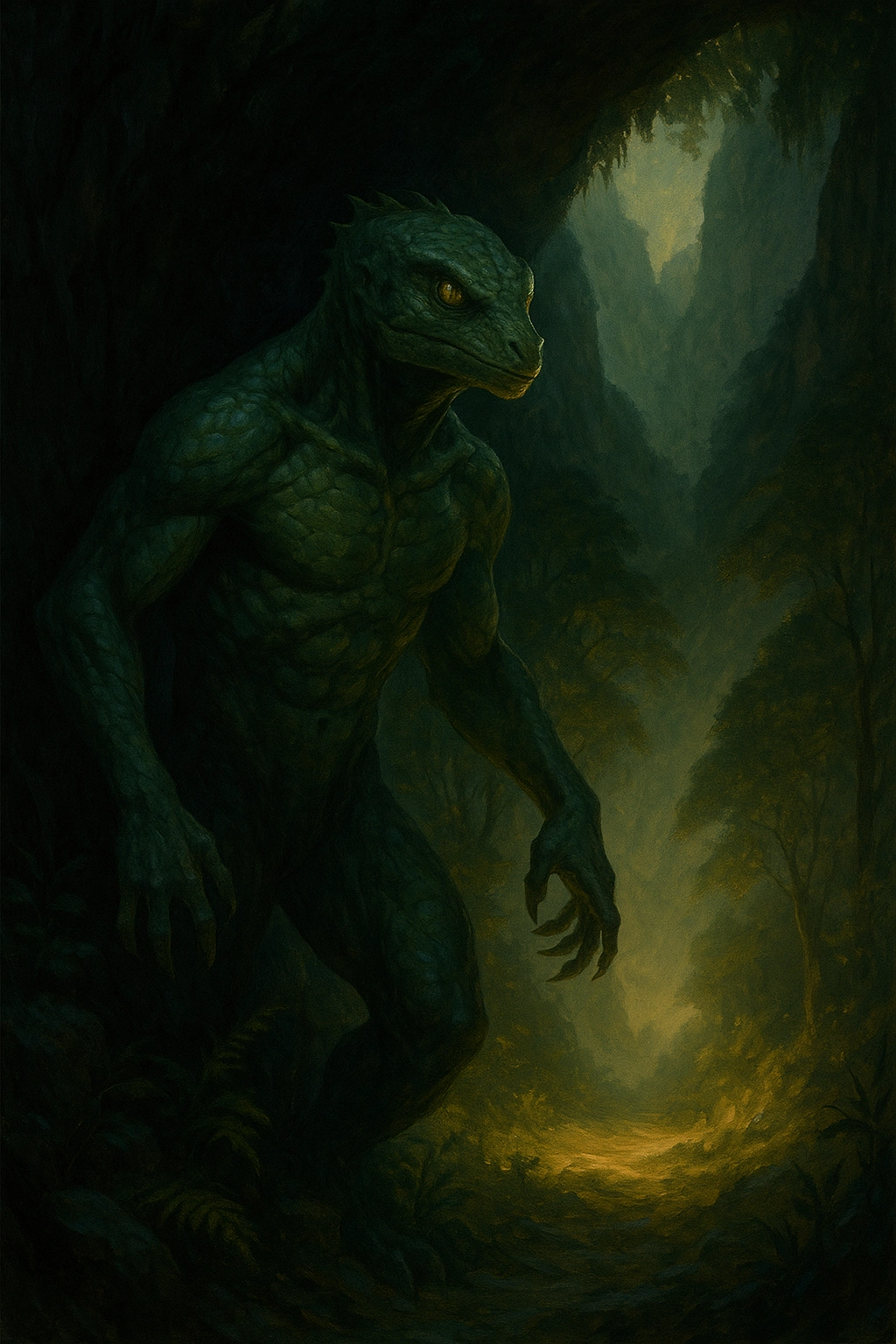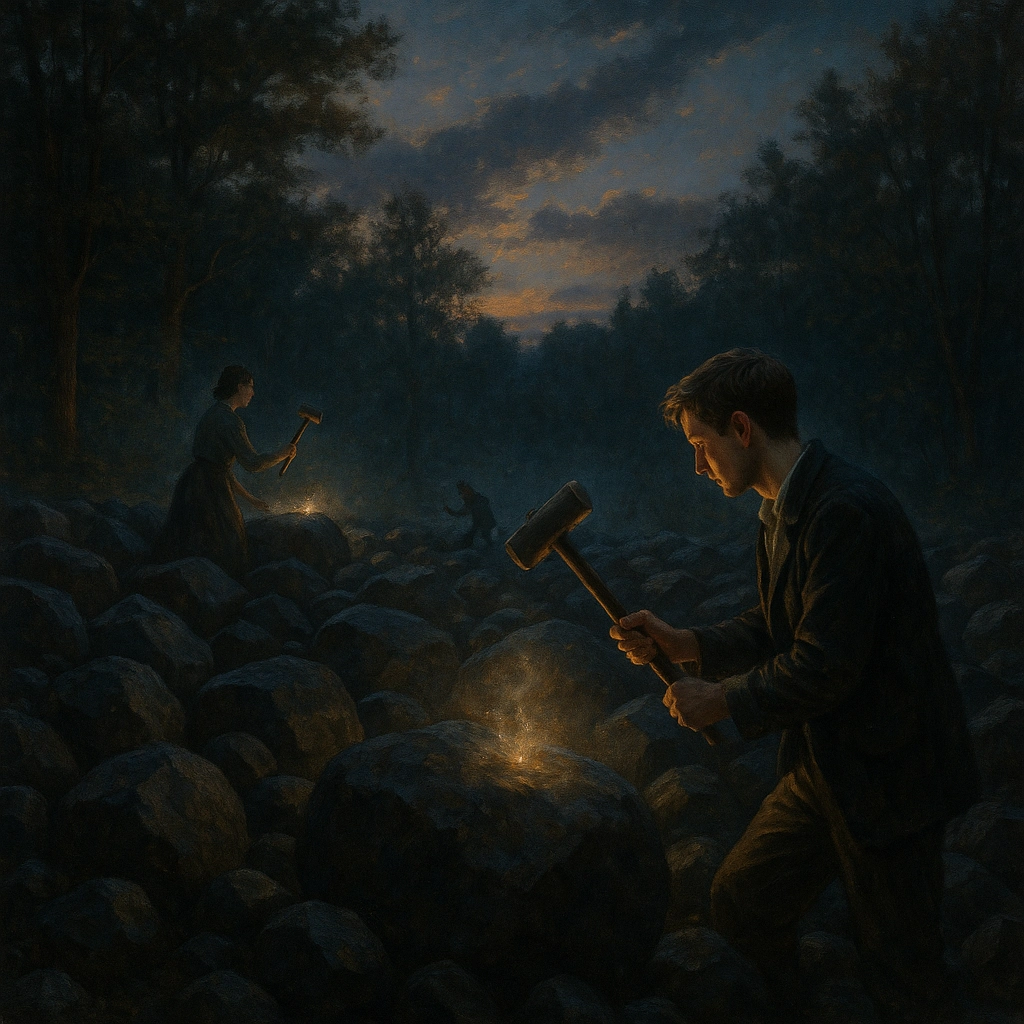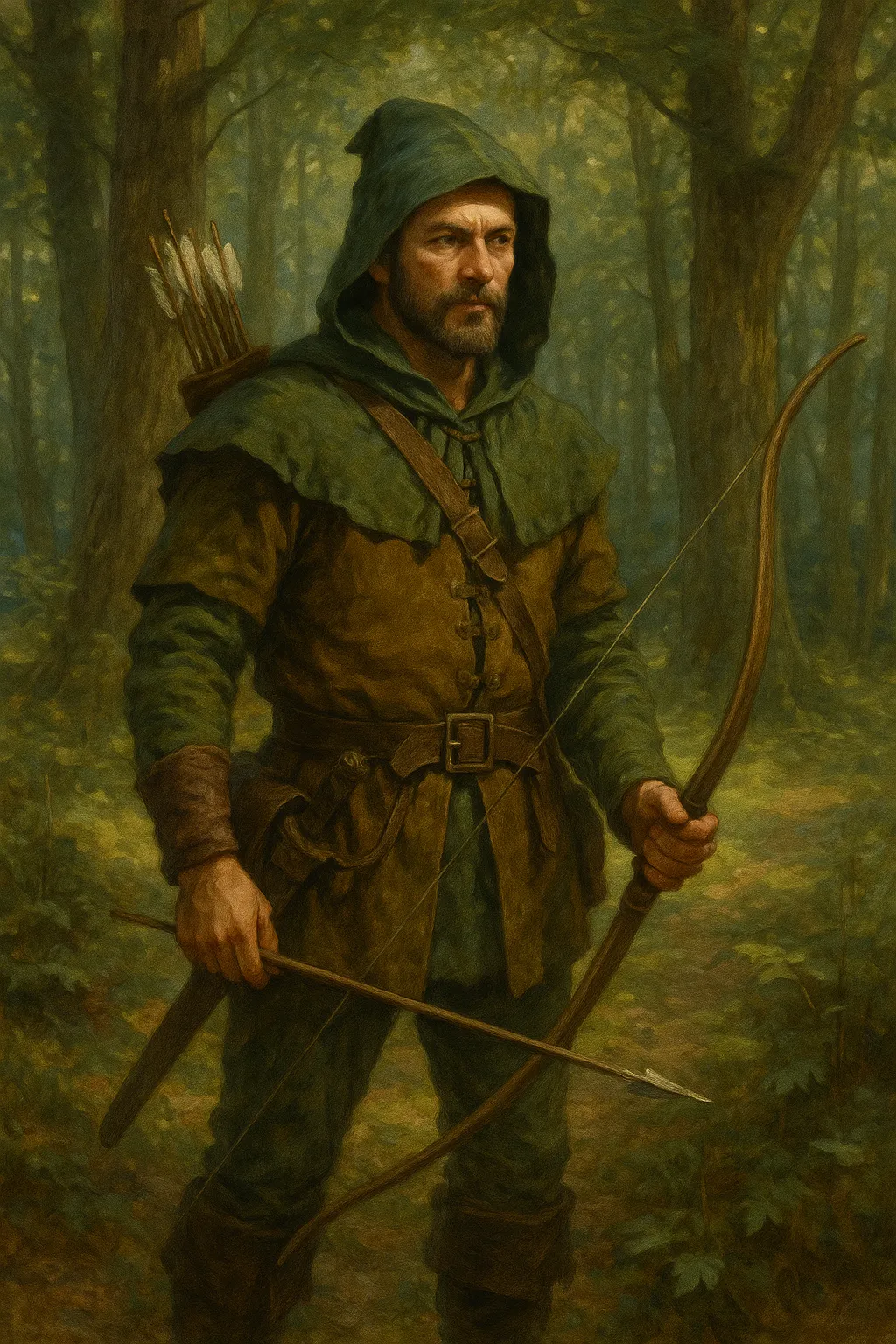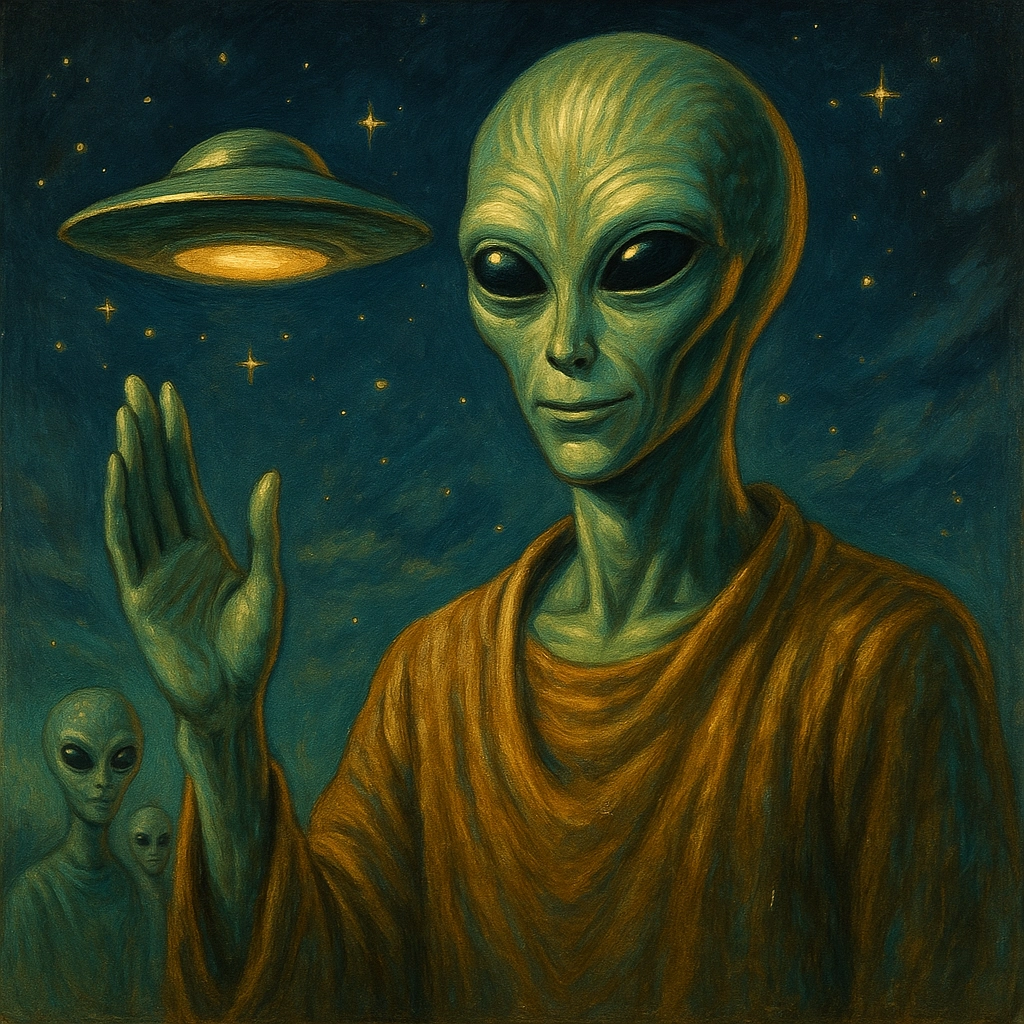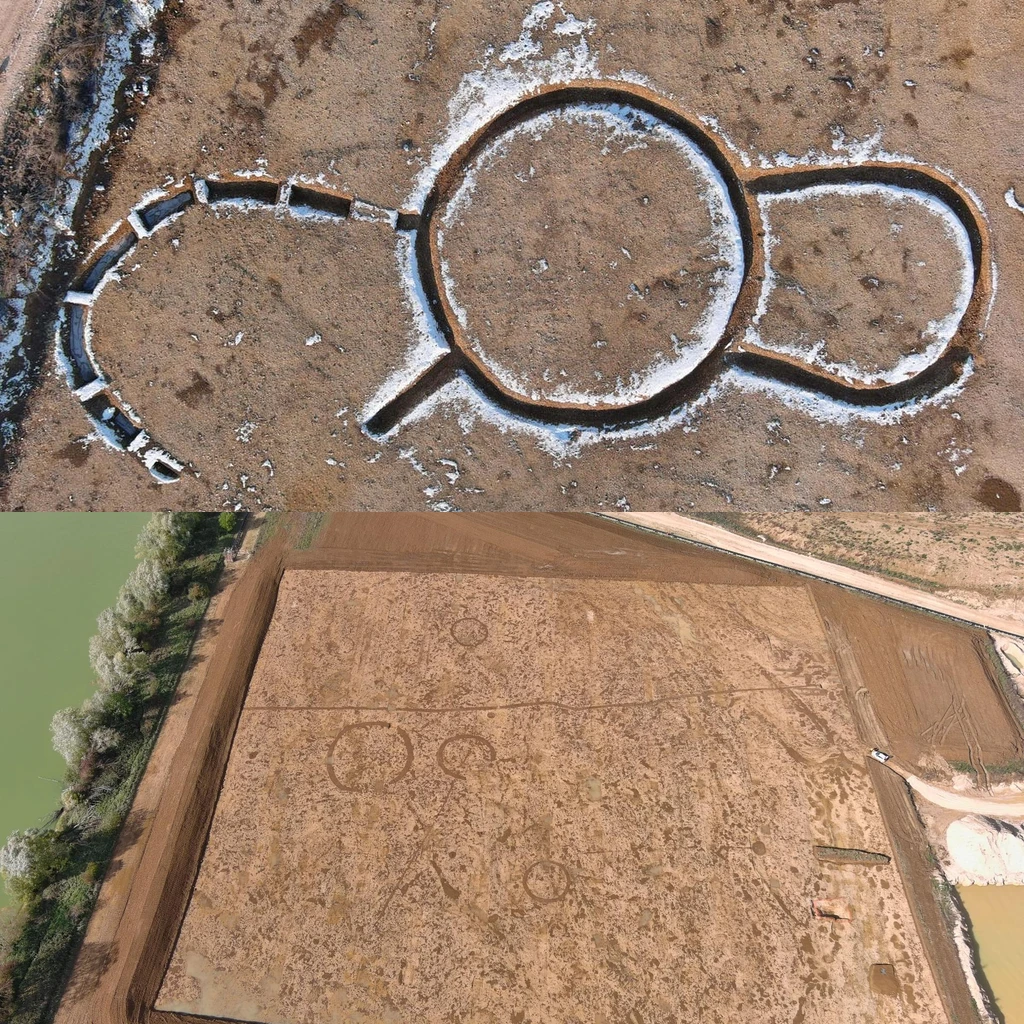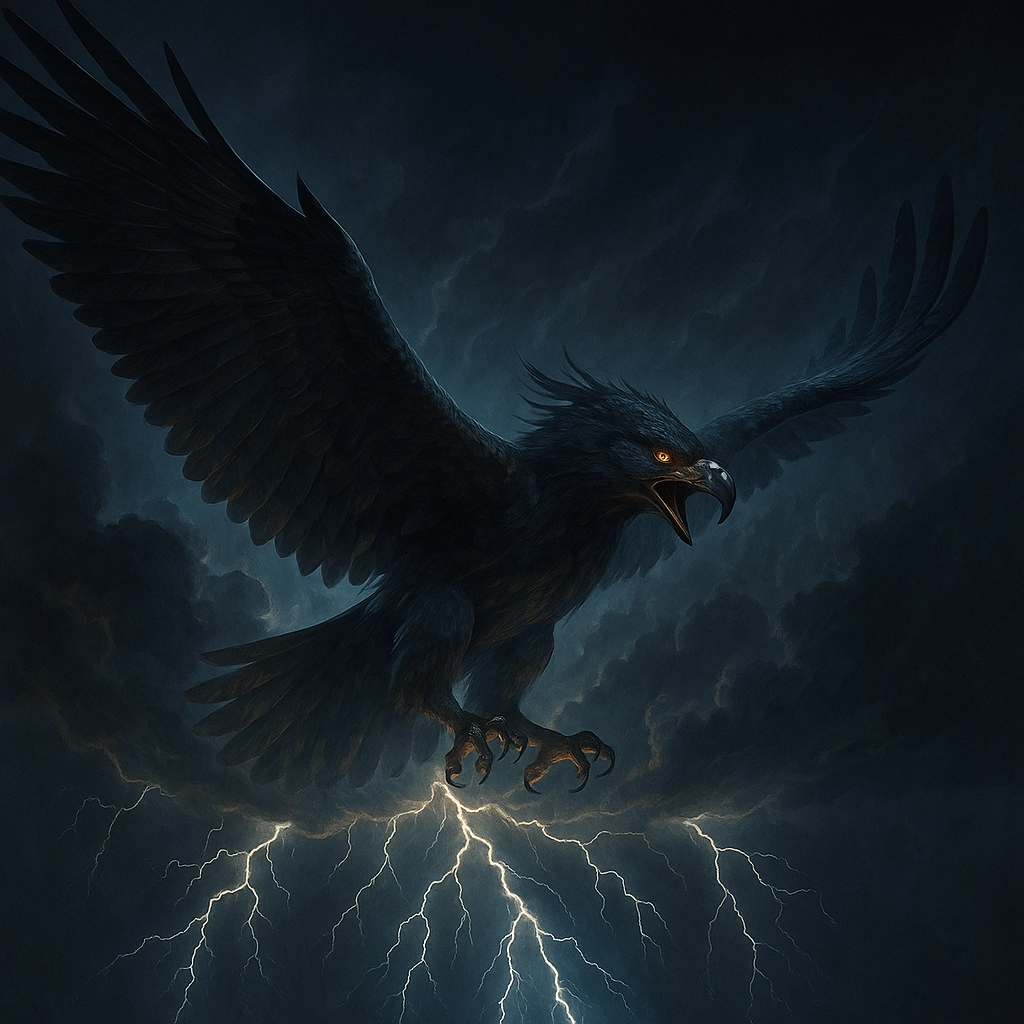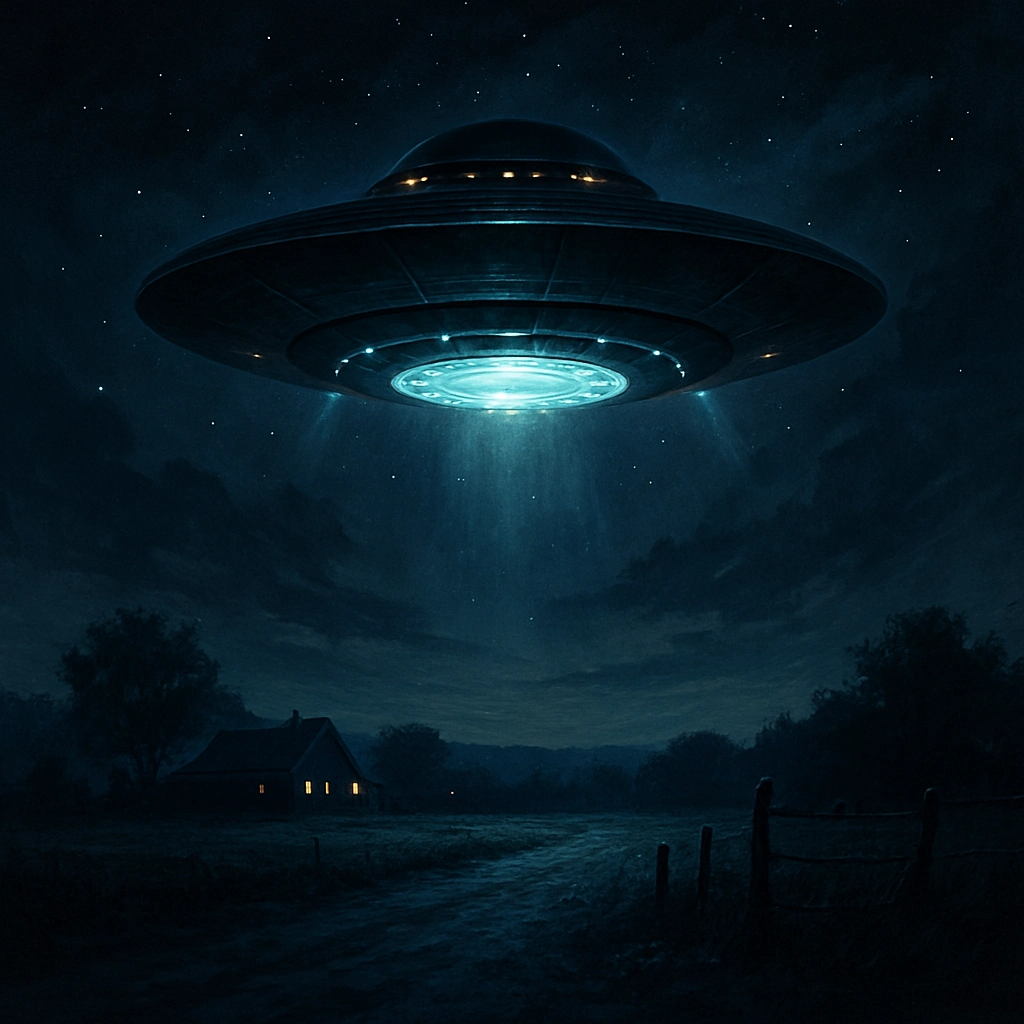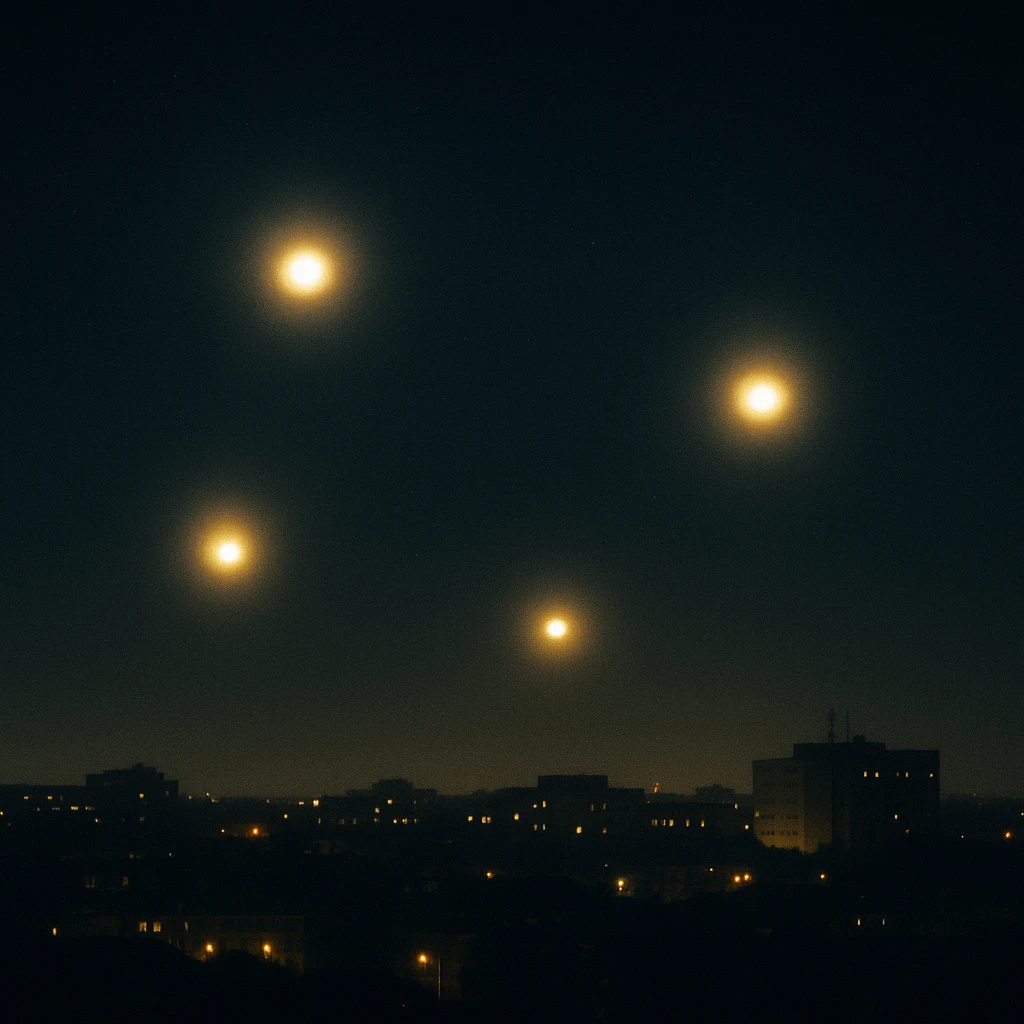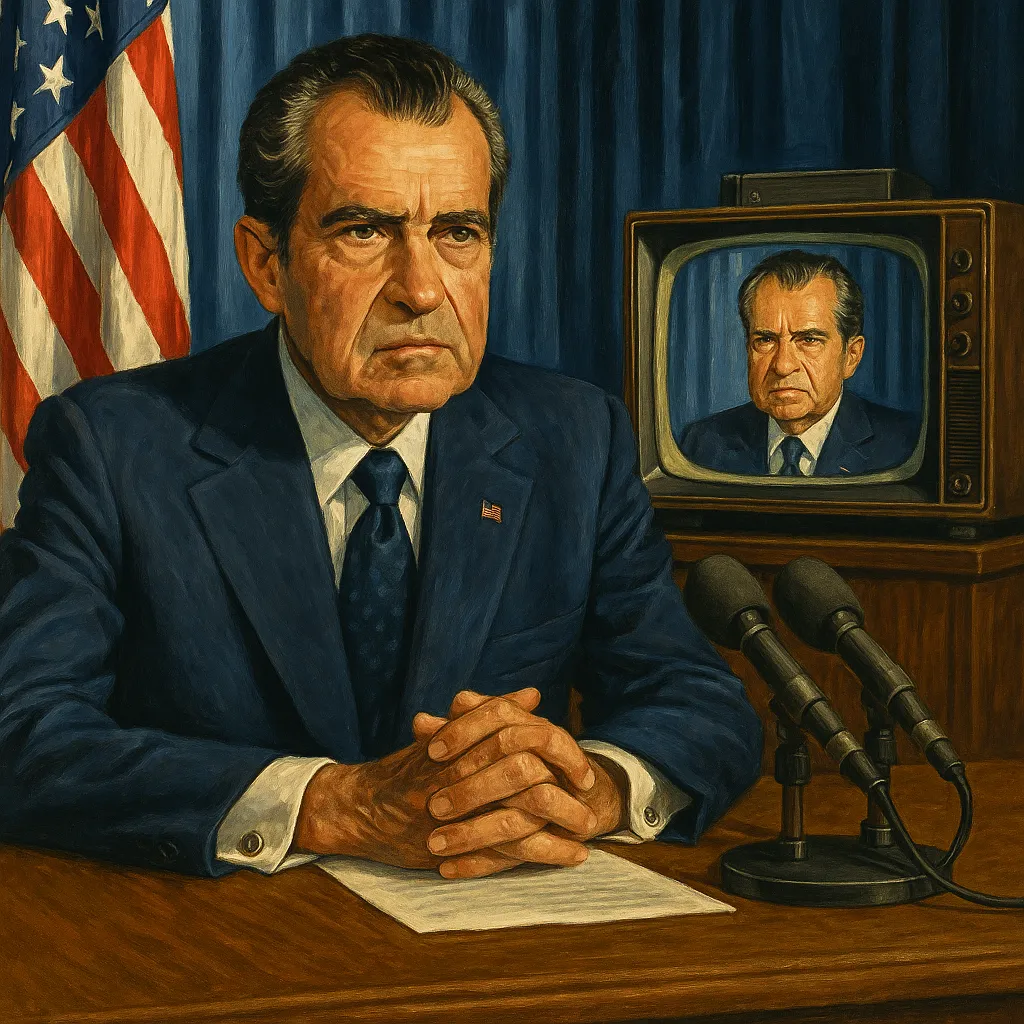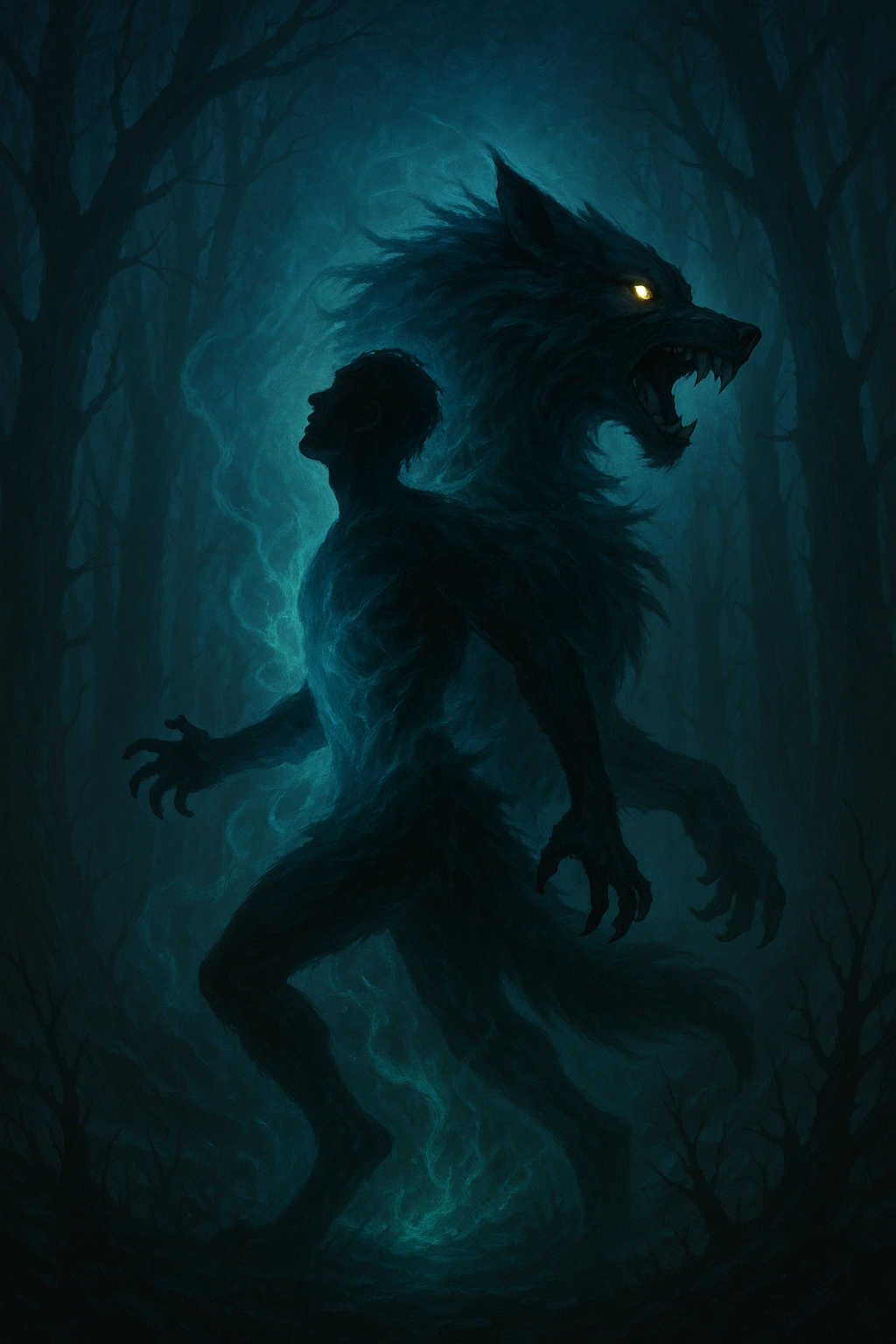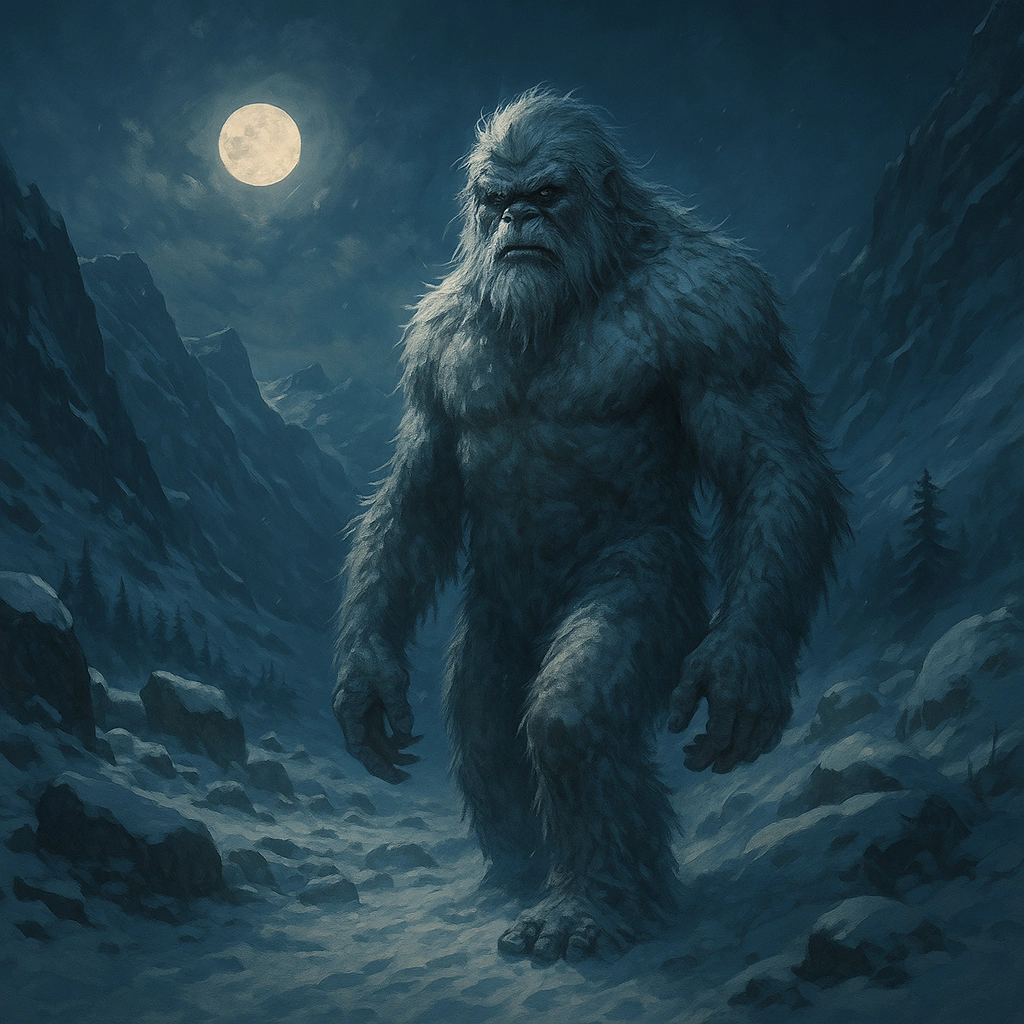Wildman
The Wildman Archetype
From the depths of untamed forests to the peaks of remote mountains, tales of the Wildman have echoed across cultures. This half-human, half-beast figure embodies both our fear of nature and our longing for freedom beyond civilization's bounds. Whether called Vanara in India, Woodwose in medieval Europe, or Sasquatch in North America, the Wildman persists as a symbol of the wild unknown.
Ancient Roots
In Hindu epics, the Vanara are monkey-like forest dwellers who aid heroes like Rama. Greek mythology gives us Pan and the satyrs-goat-legged forest spirits half man, half beast. Celtic lore speaks of Cernunnos, the horned god of wild places. These early figures reveal a shared human impulse to personify nature's wild power in liminal beings straddling the human and animal worlds.
The Woodwose of Europe
Medieval manuscripts and church carvings often depict the Woodwose-a shaggy, humanlike creature roaming the deep woods. Sometimes shown carrying clubs or horns, it serves as both a warning against straying from civilization and a testament to the residual "otherness" lurking beyond the village green. Heraldic shields occasionally bore Wildman supporters, hinting at a complex relationship between man and the primal wild.
Global Sightings
Modern reports of Wildmen vary by region: the Himalayan Yeti stomps snowy passes; the North American Sasquatch tromps through dense timber; the Australian Yowie haunts eucalyptus forests; and Papua's Mawas lurks near river valleys. Witnesses describe a tall, muscular figure covered in coarse hair, often leaving large footprints and a musky odor. Despite famous expeditions and camera traps, definitive proof remains elusive.
Folklore vs Biology
Are Wildmen mythical reflections of humanity's past-or undiscovered primates surviving in secret? Zoologists propose relict hominids or unknown ape species, while folklorists emphasize psychological archetypes and misidentifications of bears or large mammals. Some suggest a blend: legends arise from rare animal encounters, then amplify in the human imagination to mythic proportions.
Modern Encounters
In 1967, Roger Patterson's famous video in Bluff Creek, California, brought Sasquatch to global attention. Ranger stations record occasional hair samples and footprints that resist DNA matching. Night-vision cameras occasionally pick up unexplained heat signatures. Each fresh report reignites both hope for discovery and skepticism about hoaxes and camera artifacts.
Cultural Impact
Wildmen have leapt from folklore into popular culture-comic books, television shows, and advertising. Festivals celebrate local legends, and eco-tourism trails promise Bigfoot spotting. The Wildman also inspires environmental awareness, reminding us that vast corners of Earth remain uncharted and that our actions can threaten the very wilderness these creatures inhabit.
Reflection
Whether real or mythic, the Wildman challenges us to confront the boundary between civilization and the primeval. In every rustle of leaves and distant howl, we sense the shadow of something ancient and untamed-a echo of our own wild origins waiting to be acknowledged once more.


